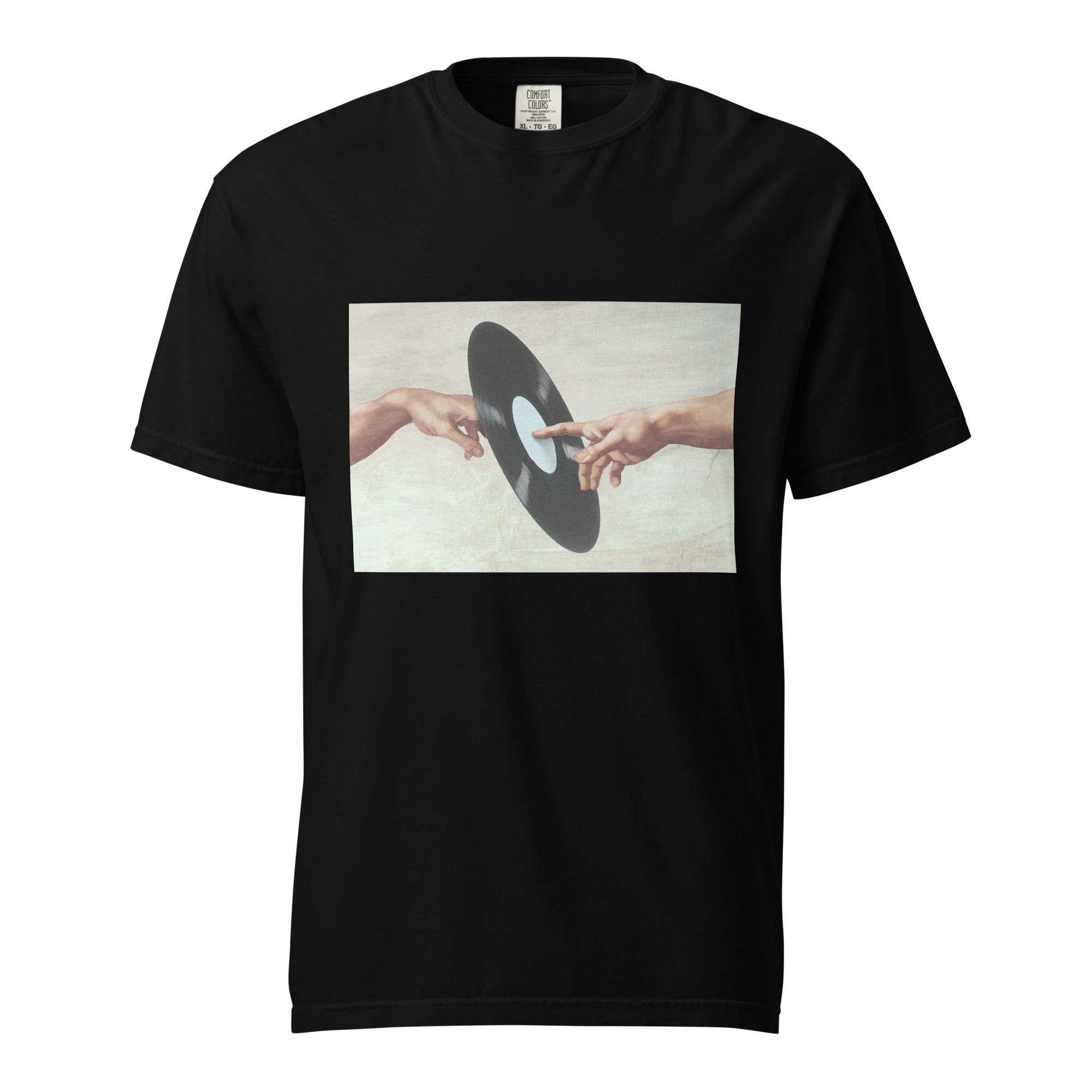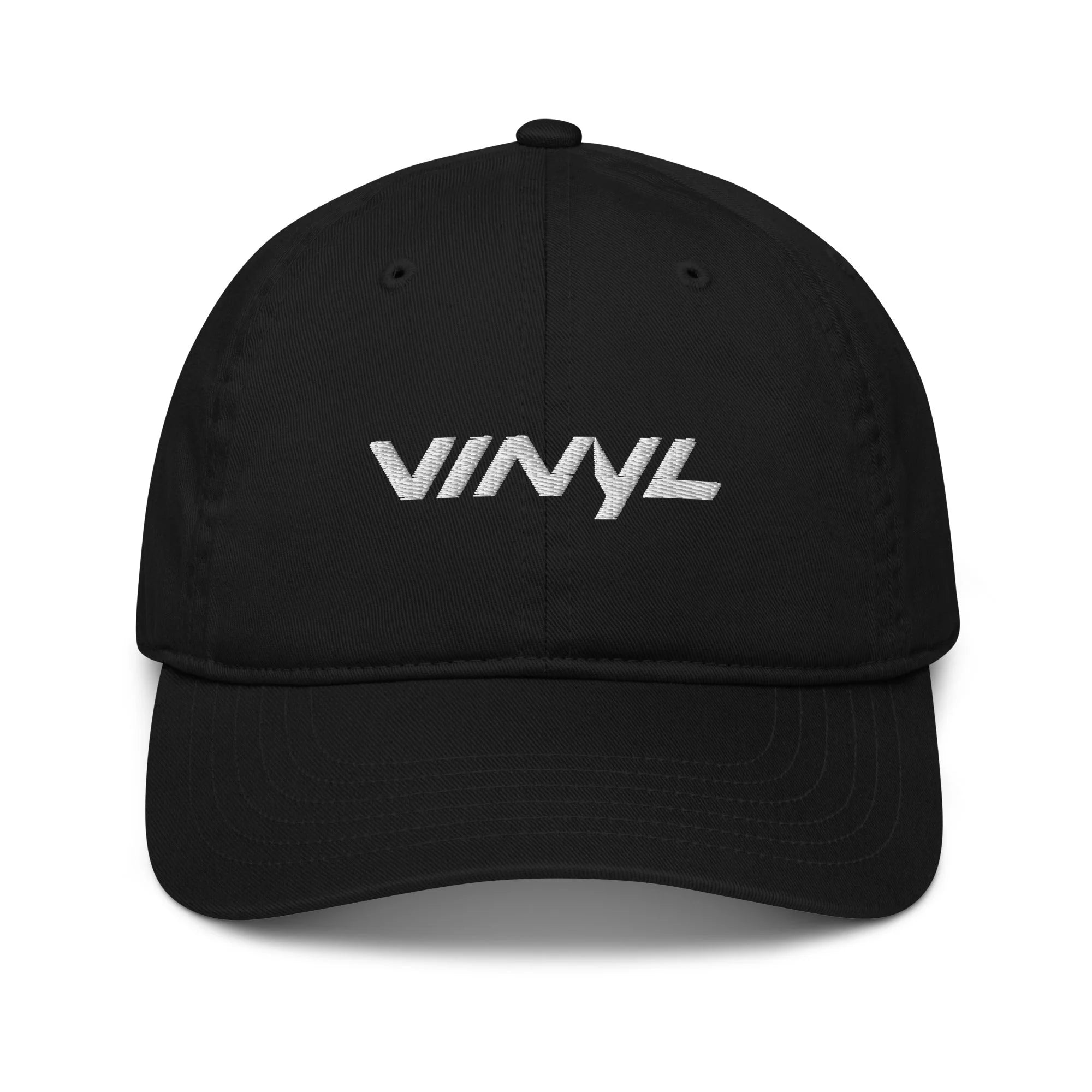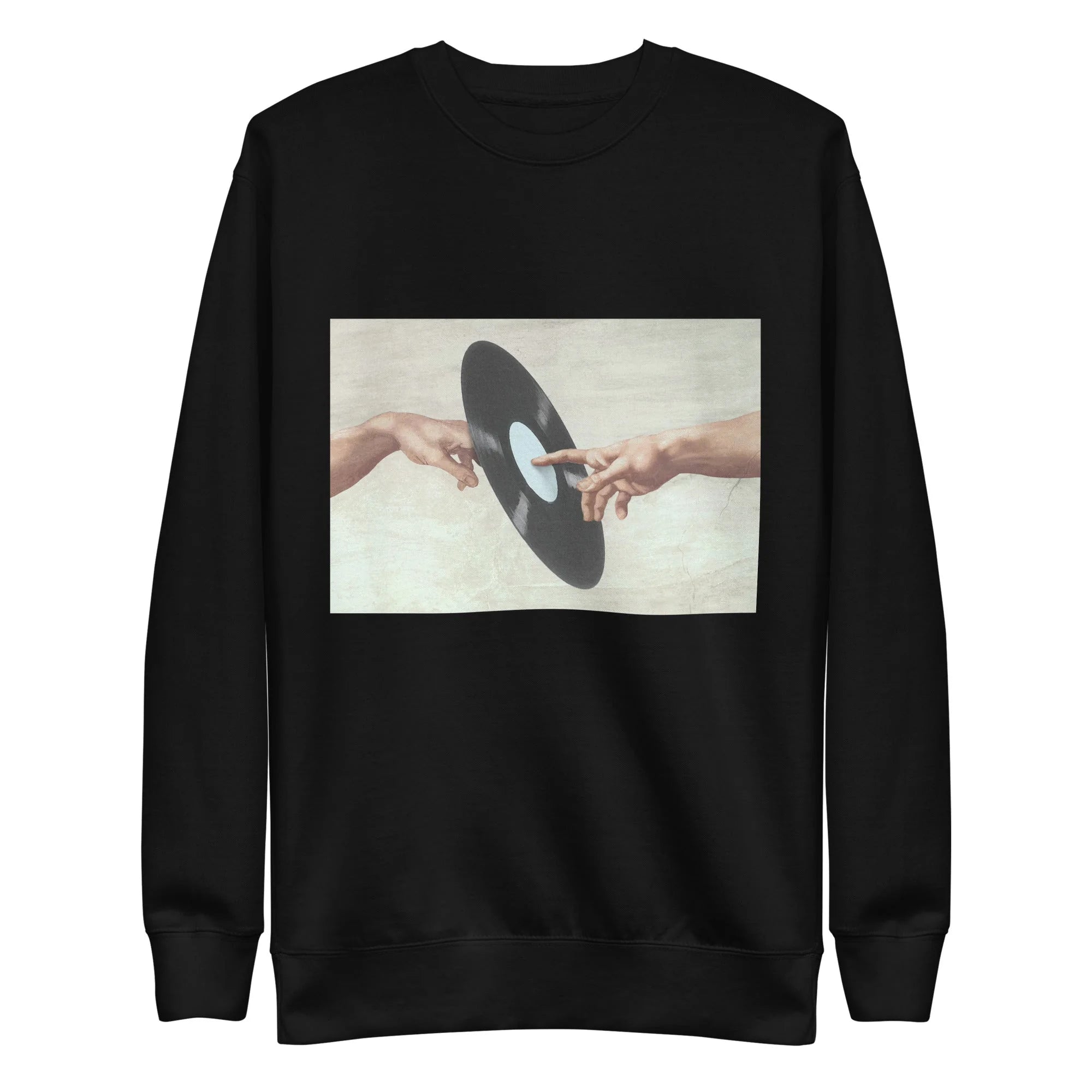In recent years, we've witnessed the revival of vinyl records, a surprising trend given today’s digital-centric music industry. This resurgence is not just about music; it's about the experience and the physical connection to sound. Vinyl provides a sensory richness that digital formats can't match, appealing to both older generations who want to relive their past and younger audiences seeking authentic experiences. The comeback has been so significant that vinyl is now seen as a cultural statement as much as a music format, leading to a boom in vinyl record stores and increased vinyl collecting tips shared among enthusiasts.
The History of Vinyl Records
Early Beginnings and Invention
The story of vinyl records begins with the earliest innovations in sound recording technology, a journey marked by inventive leaps and material experimentation. In 1877, Thomas Edison introduced the phonograph, which used tinfoil-wrapped cylinders to capture and reproduce sound, a groundbreaking step that made the concept of recorded audio a reality. These cylinders were soon improved upon with the introduction of more durable wax versions, allowing for repeated use and better sound quality. However, it was Emile Berliner’s invention of the gramophone in the 1890s that truly transformed the landscape. Unlike Edison’s cylindrical approach, Berliner’s gramophone utilized flat discs, which were easier to manufacture, store, and mass-produce. Early discs were made from shellac and played at 78 revolutions per minute, offering a practical alternative to cylinders but still limited in durability and audio fidelity.
Technological Advancements and Innovations
As the 20th century progressed, so did the technology behind vinyl records. The development of electrical recording in the 1920s enhanced the clarity and fidelity of sound recordings, making them more appealing to the public. The introduction of the long-playing (LP) record by Columbia Records in 1948 was another milestone. These LPs could hold more music on each side than their predecessors, the 78 rpm records, revolutionizing the way albums were produced and consumed.

Golden Era of Vinyl Records
The 1950s to the 1970s represented a transformative era for the music industry, characterized by the widespread adoption of vinyl records as the dominant medium for commercial music distribution. During this period, vinyl records not only revolutionized how music was consumed but also how it was appreciated and collected. This era heralded the introduction of the long-playing (LP) record, which enabled longer albums, encouraging artists to create more cohesive, expressive works that told stories or explored complex themes across two sides of a vinyl disc.
Moreover, the popularity of vinyl records during this golden age had a significant cultural impact, influencing fashion, design, and social gatherings. Record stores became more than just retail spaces; they were cultural epicenters where people met, discussed, and shared music. These stores often featured listening booths where individuals could experience an album before deciding to purchase it, enhancing the communal aspect of music consumption. The cover art of the best vinyl records also became a critical element of the artist's expression, with some albums becoming iconic not just for their musical content but for their artwork as well.
Decline in Popularity
Despite their widespread popularity, vinyl records began to see a decline in the late 1980s and 1990s. The advent of the compact disc (CD), which offered greater durability and sound quality, made it a more attractive option for the average consumer. Additionally, CDs were easier to transport and store, leading to a rapid decrease in vinyl production.
The Vinyl Records Comeback
Factors Contributing to the Comeback
The resurgence of vinyl records in recent years is a phenomenon that intertwines cultural sentiment, technological nostalgia, and strategic market positioning. The factors leading to the decline of vinyl records include the advent of digital music formats and changing consumer preferences. Below is a deeper look into the various elements that contribute to this ongoing trend. Each factor plays a distinct role, pulling at the strings of emotion, quality, and exclusivity to rekindle interest in this vintage format.
- Nostalgia and Authenticity: Vinyl records evoke a deep sense of nostalgia, transporting listeners back to times when music was not just heard but physically experienced. This allure of authenticity appeals especially to those who grew up in the era of vinyl or those who seek a more genuine connection with music. The tangible nature of handling and playing a record offers a ritualistic experience that digital formats cannot replicate, making vinyl a symbol of musical purity and a bridge to the past. The artwork, liner notes, and the act of flipping sides enrich the listening experience, making it deeply personal and profoundly satisfying.
- Audiophile Appreciation: The sound quality of vinyl records is often hailed for its warmth and depth, which many believe digital formats fail to deliver. Audiophiles and sound enthusiasts are drawn to the analog sound of vinyl because it provides a fuller, richer acoustic experience. This sound profile is due to the continuous signal of vinyl, which contrasts sharply with the compressed, segmented data of digital music. This characteristic attracts those who love music and are passionate about the quality of the sound they listen to, making vinyl a preferred choice for those seeking an immersive auditory experience.
- Cultural Renaissance: There has been a cultural renaissance surrounding vinyl records, supported by a new generation of artists and fans who view vinyl as a statement against the transient nature of digital music. This cultural shift is often portrayed in the media as a return to true music appreciation, where the focus is on quality and authenticity rather than convenience.
The multifaceted resurgence of vinyl records reflects a more widespread awareness of quality, tangibility, and authenticity in music consumption. As these trends continue to evolve, vinyl records are likely to maintain their special place in the hearts of music lovers worldwide.
Vinyl Culture in the Digital Age
The digital era, dominated by immediate accessibility to music, surprisingly serves as a backdrop against which the vinyl culture has flourished. This revival is particularly evident among younger demographics who, paradoxically, are using modern technology to discover vintage music and vintage vinyl records. Social media platforms and online forums have become instrumental in this revival, allowing collectors and enthusiasts to share their experiences, showcase their collections, and organize vinyl-related events.
Influence of Pop Culture and Media
Pop culture and media have played significant roles in the resurgence of vinyl. Popular TV shows and films frequently feature vinyl records and players, often romanticizing the act of record collecting and playback. This media portrayal reinforces the idea of vinyl as a cool, retro choice that stands out against the universality of digital music.

Vinyl Records in the Modern Music Industry
Major labels and independent artists alike are pressing new and reissued albums on vinyl, responding to increasing demand. The online vinyl record store has become an essential resource for fans around the world, making it easier than ever to buy vinyl records. This access, combined with the continued release of modern vinyl releases, ensures that vinyl remains relevant and cherished in the contemporary music landscape.
The Allure of Collecting Vinyl Records
Aesthetic and Artistic Appeal
Album covers in vinyl format are larger and often more elaborate than their digital counterparts, offering a visual and tactile experience that collectors value. These covers can be considered art pieces, with some designed by renowned artists and illustrators. The physical act of handling and playing a vinyl record adds a ritualistic element to music consumption, making it a more engaging and satisfying experience than clicking a button on a digital device.
Rarity and Investment Value
Collectors highly seek after limited edition releases, misprints, and original pressings in good condition. These records can become valuable assets, appreciating over time as they become rarer. Collectors not only enjoy the music and the collecting process but also view their collections as potential investments that could yield returns in the future. This aspect of vinyl collecting adds an exciting dimension to treasure hunting, where finding a rare item can be both thrilling and financially rewarding.
Highly Sought-After Vinyl Records
The allure of these classic albums extends beyond their sound to the artwork, history, and the emotional connection they foster with listeners. Below are the iconic albums that are revered in the vinyl community:
- "The Dark Side of the Moon" by Pink Floyd - This album is a monumental piece in the world of music, celebrated not only for its pioneering approach to sound but also for its philosophical depth and sonic complexity. The album's themes explore conflict, greed, time, and mental illness, all set to some of the most iconic soundscapes in rock history. The cover design, featuring a prism dispersing light into color, is instantly recognizable and often represents the quintessence of vinyl album art.
- "Abbey Road" by The Beatles - Released in 1969, "Abbey Road" is famed not only for its groundbreaking production and innovative song structure but also for its cover, which features the Beatles crossing a zebra crossing outside Abbey Road Studios. This image has become one of the most famous and imitated in popular music. The album's tracks blend rock and pop with progressive, art, and symphonic rock elements, showcasing the band's musical diversity and expertise at a pivotal moment in their career.
- "Led Zeppelin IV" by Led Zeppelin - Often referred to simply as "Led Zeppelin IV," this album includes some of the band’s most famous tracks, such as "Stairway to Heaven." The album's artwork, which features a rustic oil painting hung on a dilapidated wall, adds to its mystique, aligning with the band's folklore-inspired themes and epic musical style. Released in 1971, it showcases Led Zeppelin’s skill in blending hard rock with folk, blues, and other genres, creating a complex and influential musical narrative. This record is particularly sought after by collectors due to its critical role in rock history and its continued influence on music.
- "Thriller" by Michael Jackson - As the best-selling album of all time, "Thriller" has an unparalleled legacy in the music industry. Released in 1982, it features a range of hits like “Beat It,” “Billie Jean,” and the iconic title track, which are staples of 80s music. The album cover, showing Michael in a white suit reclining casually, is as famous as the music itself, making this album instantly recognizable. "Thriller" is essential for vinyl collectors not only for its musical and cultural impact but also for representing a peak in the career of one of the most popular vinyl artists in history.
- "Rumours" by Fleetwood Mac - Respected for both the emotional intensity of its production and the depth of its lyrics, this album is a shining example of soft rock. "Rumours" explores themes of love, betrayal, and heartbreak, making it profoundly relatable. A meticulous and innovative approach to sound recording marks its production. The album’s cover, which features Mick Fleetwood and Stevie Nicks in a peculiar pose, captures the mystical and dramatic essence of the band.
Each holds a unique place in the history of music and continues to be celebrated by new generations of fans and collectors alike. Collecting these records is more than just acquiring music; it's about preserving a piece of cultural history.
Navigating Vinyl Record Stores
Tips for Buying from Local Record Stores
To make the most of your visits, it’s important to develop a rapport with store employees. These individuals are usually avid collectors themselves and can provide invaluable insights into the newest arrivals and underrated classics. Frequent visits can help you get familiar with the store's layout and its inventory rotation, ensuring you don’t miss out on great finds. Always check the store's return policy, especially for used records, to ensure you can return any items that don’t meet your expectations or are defective.
Exploring Online Vinyl Record Stores
When shopping online, detailed product descriptions and high-quality photos are crucial to assess the condition of a record. It’s advisable to read customer reviews and check seller ratings to ensure reliability and customer service quality. Also, consider the shipping methods and costs, as vinyl can be difficult to transport. Online stores often provide broader selections, including rare and international releases, making them a treasure trove for serious collectors.
Understanding Pricing and Value
The value of a vinyl record is determined by several factors, including its rarity, demand, condition, and artistic significance. Prices can vary significantly between stores and over time, so it's useful to track how certain records are priced across different platforms and locations. Being knowledgeable about market trends and record grading standards can also aid in negotiating prices, especially at local stores, where there may be more flexibility than in fixed online pricing. There are also social and experiential aspects of vinyl listening, including dedicated events, communal listening, and the enduring connection among enthusiasts. Vinyl listening is more than a solitary pursuit. It’s a vibrant, communal experience that brings music lovers together. Dedicated events like Record Store Day and Classic Album Sundays foster a sense of belonging, offering fans opportunities to gather, share stories, and discover new music together. Local record stores often serve as community hubs, hosting listening parties and album launches where enthusiasts can connect over their shared passion. Gatherings create lasting friendships and deepen the emotional bond between listeners and music, ensuring that the culture of vinyl remains rooted in real-world connections and collective appreciation.

Frequently Asked Questions
In recent years, vinyl records have experienced a remarkable resurgence, captivating both seasoned collectors and new generations of music lovers. Below are answers to some of the most frequently asked questions about the renewed interest in vinyl, the events fueling its comeback, and how it thrives alongside digital music.
Why are vinyl records popular again?
Vinyl records offer a tangible, immersive listening experience that digital formats lack. Many people appreciate the ritual of playing records and value the warm, analog sound quality unique to vinyl.
What is Record Store Day, and why is it important?
Record Store Day is an annual event celebrating independent record stores. It features exclusive vinyl releases and special events, helping to drive renewed interest and support for vinyl culture worldwide.
How have vinyl sales changed in recent years?
Vinyl sales have surged, with consistent double-digit growth year over year. In some markets, vinyl records have even outsold CDs, marking a significant shift in physical music consumption trends.
Do younger generations buy vinyl records?
Yes, younger listeners are increasingly buying vinyl. They are drawn to its authenticity, unique sound, and collectible nature, making vinyl appealing across all age groups.
Can vinyl and digital music coexist?
Absolutely. Many music fans enjoy both formats, streaming for convenience and vinyl for a richer, more physical connection to music, demonstrating that both can thrive side by side.
Why do artists release new albums on vinyl?
Artists and labels recognize vinyl’s enduring appeal and its value as a collector’s item. Releasing albums on vinyl helps them reach dedicated fans and create memorable, lasting experiences.
Vinyl's legacy is built on its ability to connect the listener with the music in a profoundly personal way. This connection is enhanced by the physical interaction required to play a record, the artistry of the album covers, and the warm, rich sound that vinyl is known for. As we move forward, the legacy of vinyl records will likely continue to evolve, but its essence will remain a cherished part of the music world. Whether for the seasoned audiophile vinyl releases enthusiast or the casual listener, vinyl offers a unique and enduring way to experience music, ensuring its place in the hearts and homes of future generations.

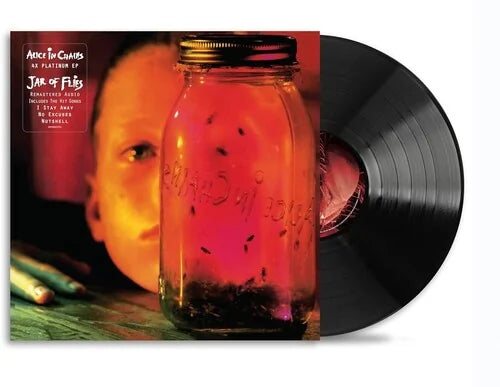
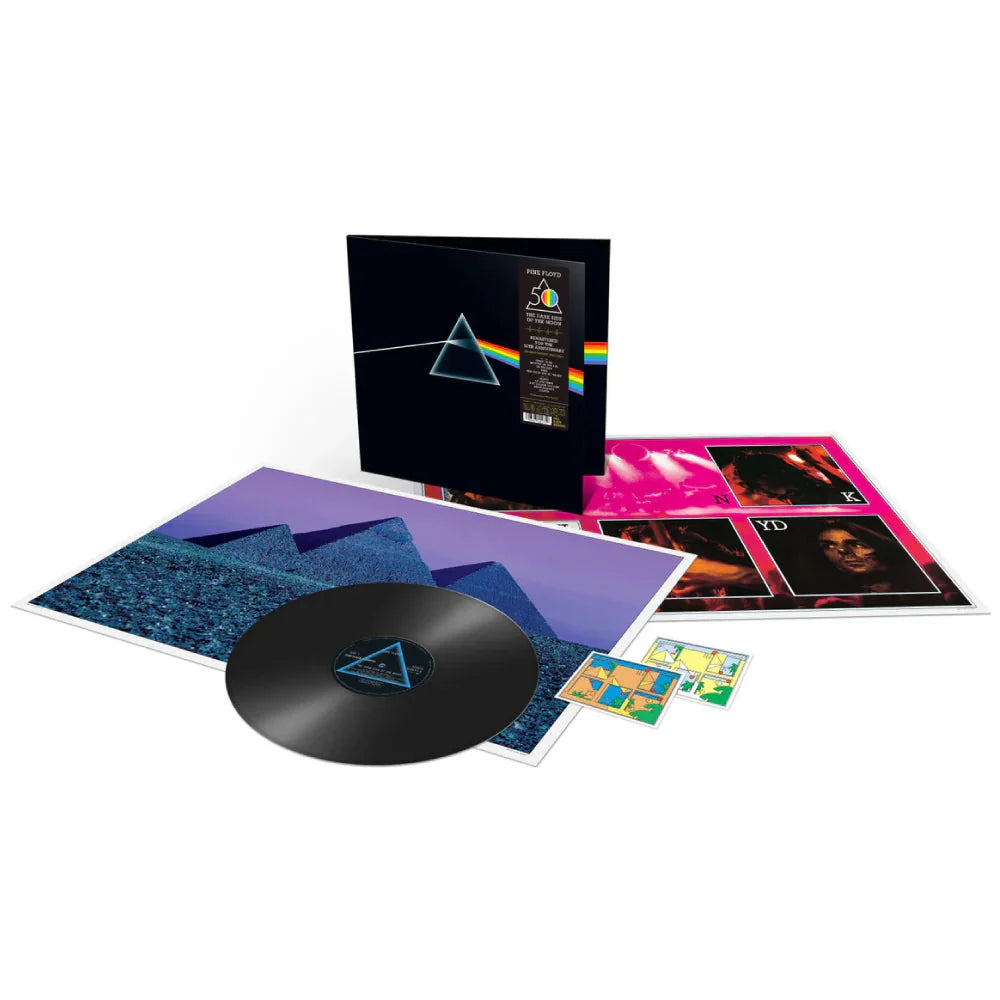
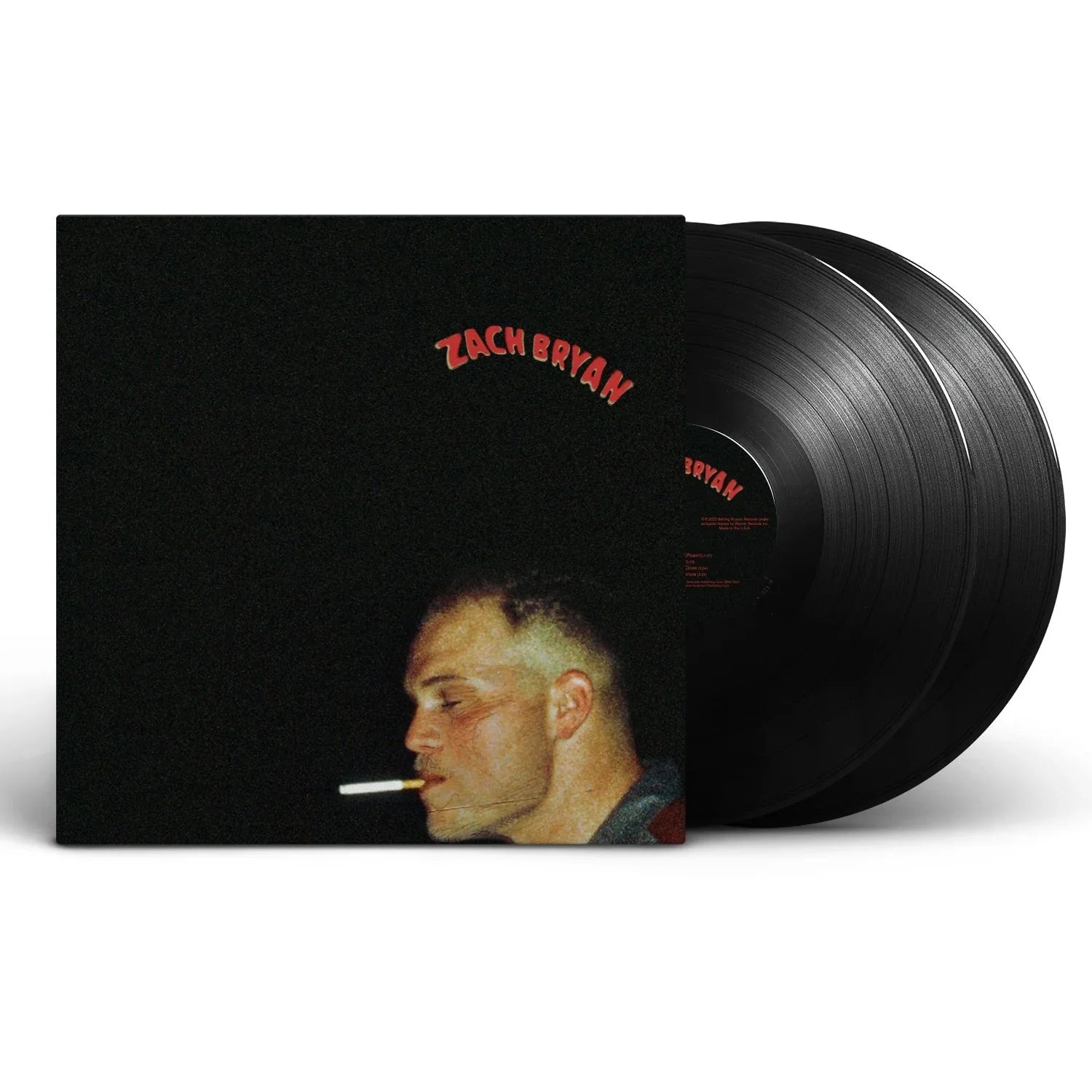
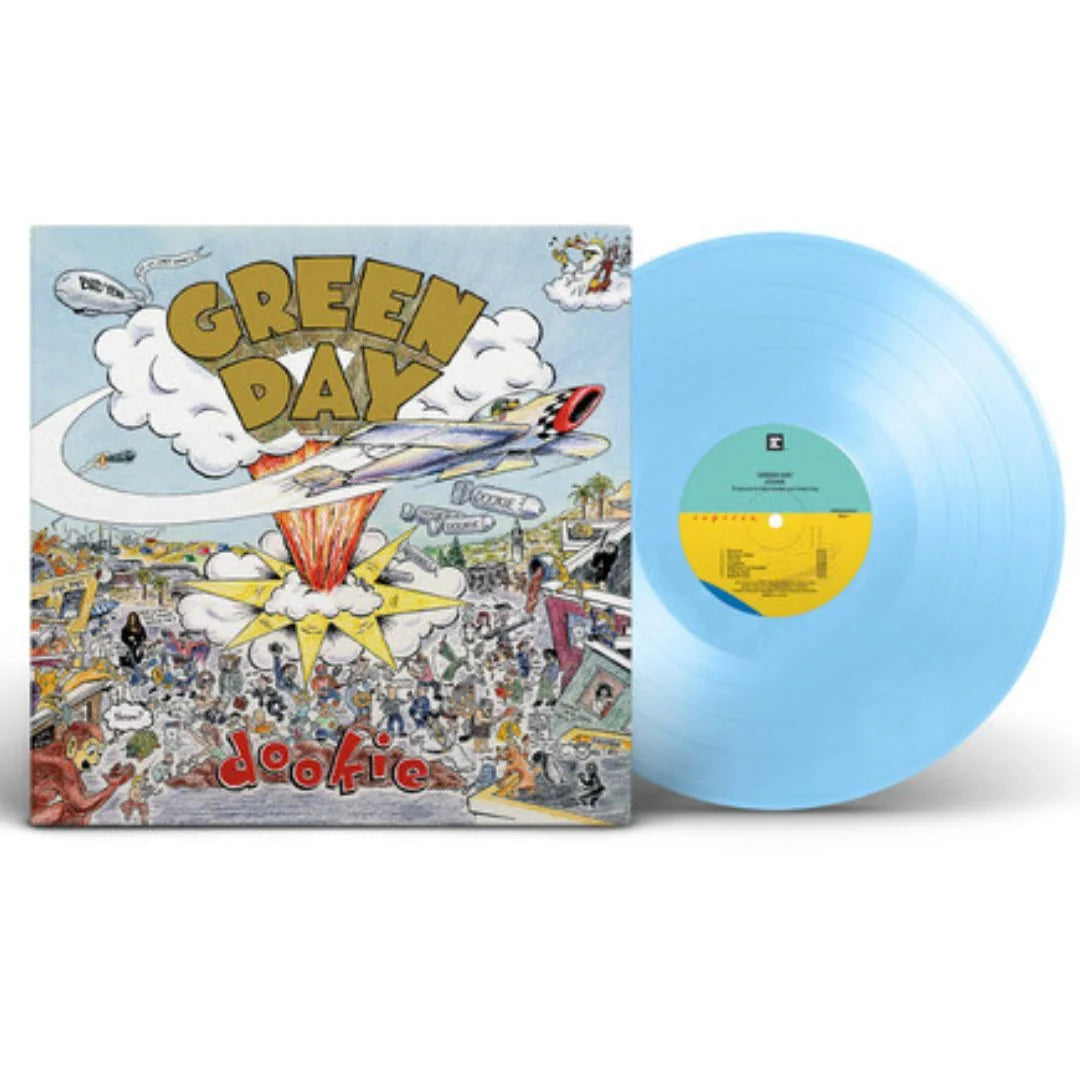
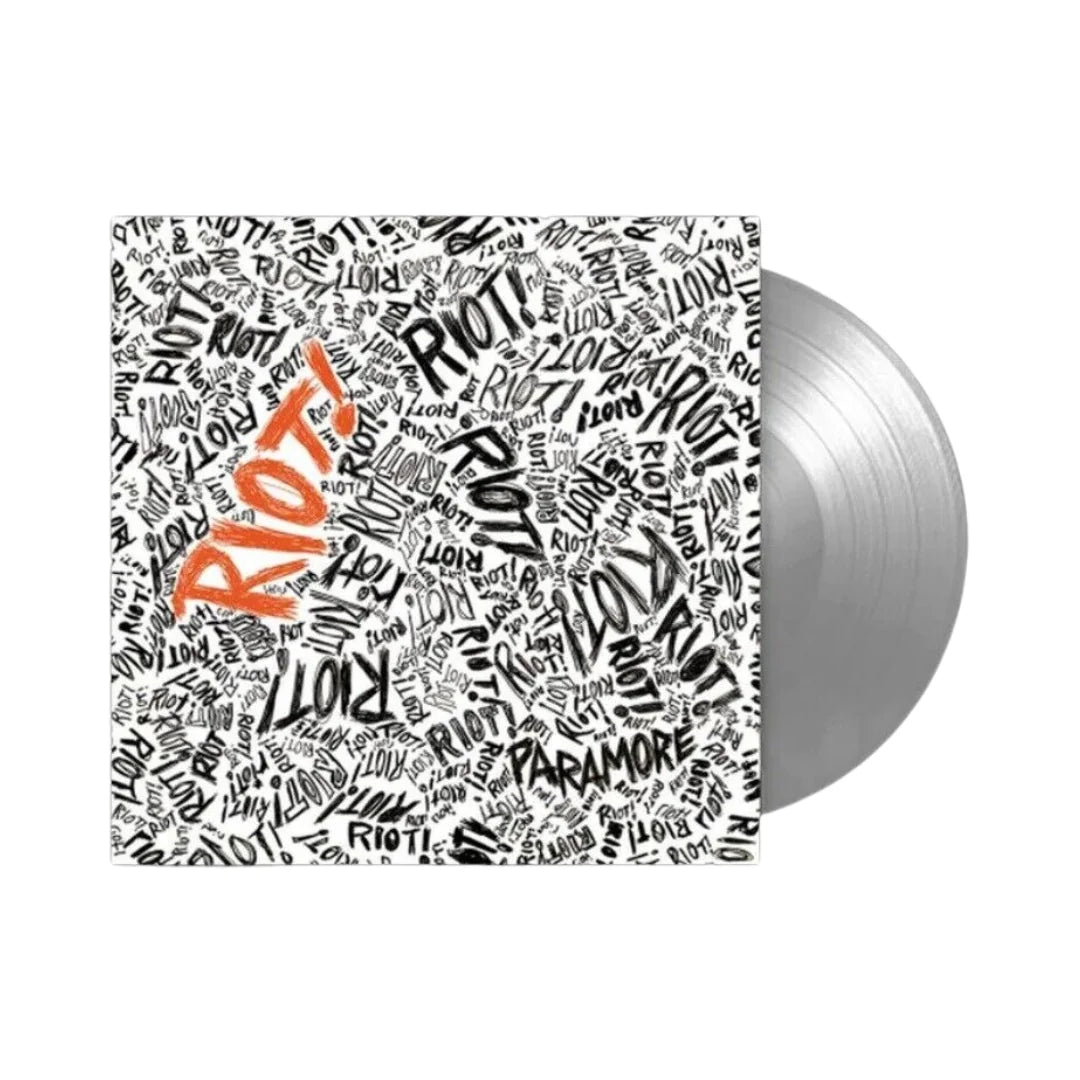
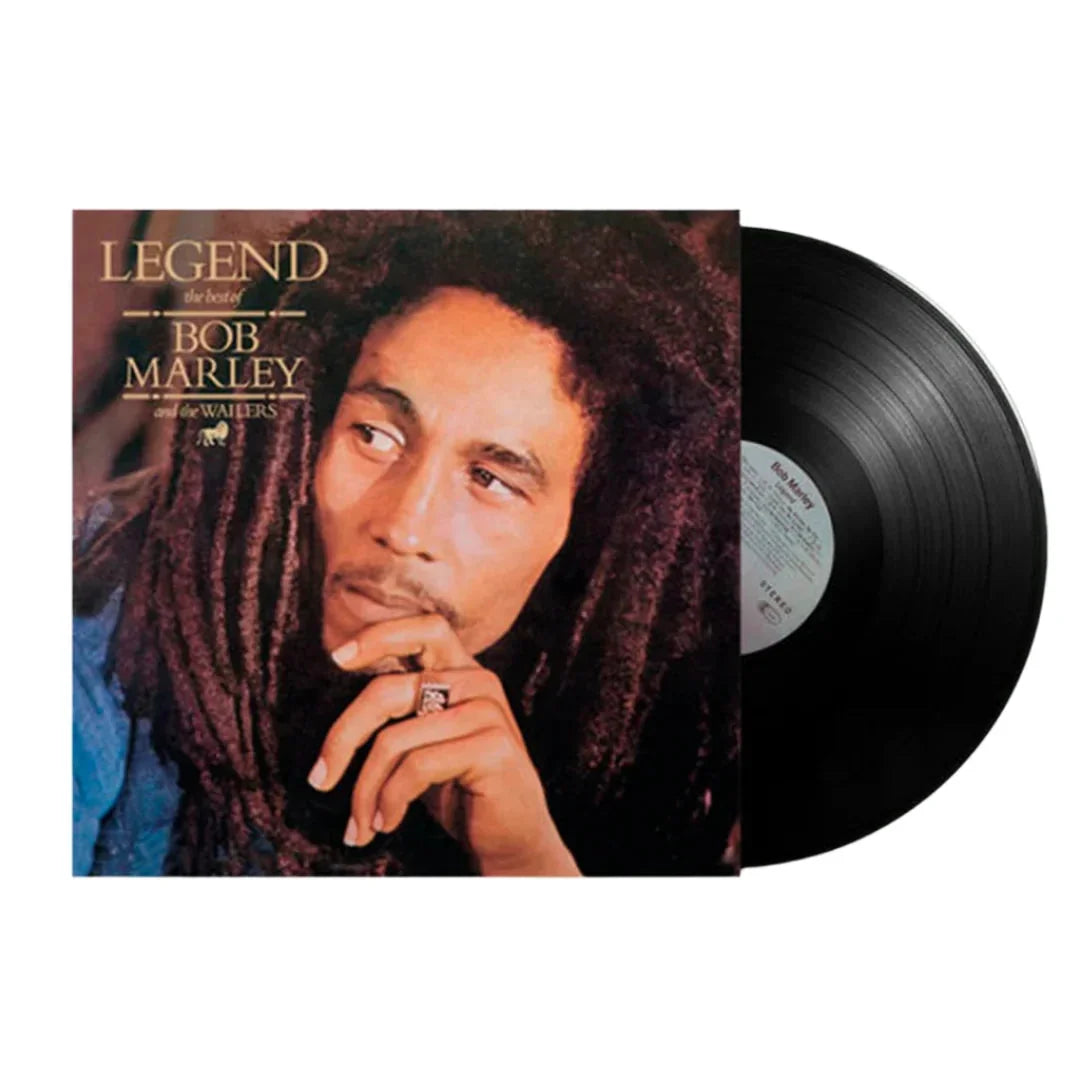
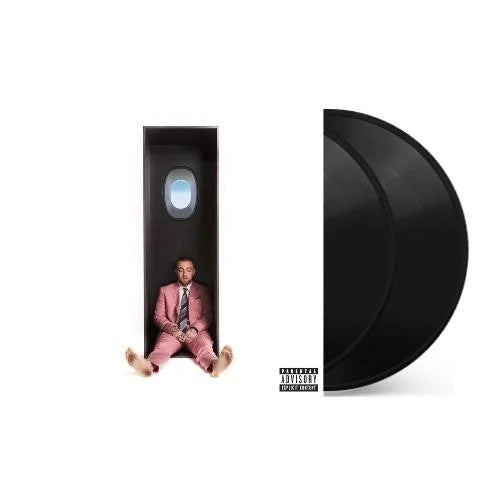
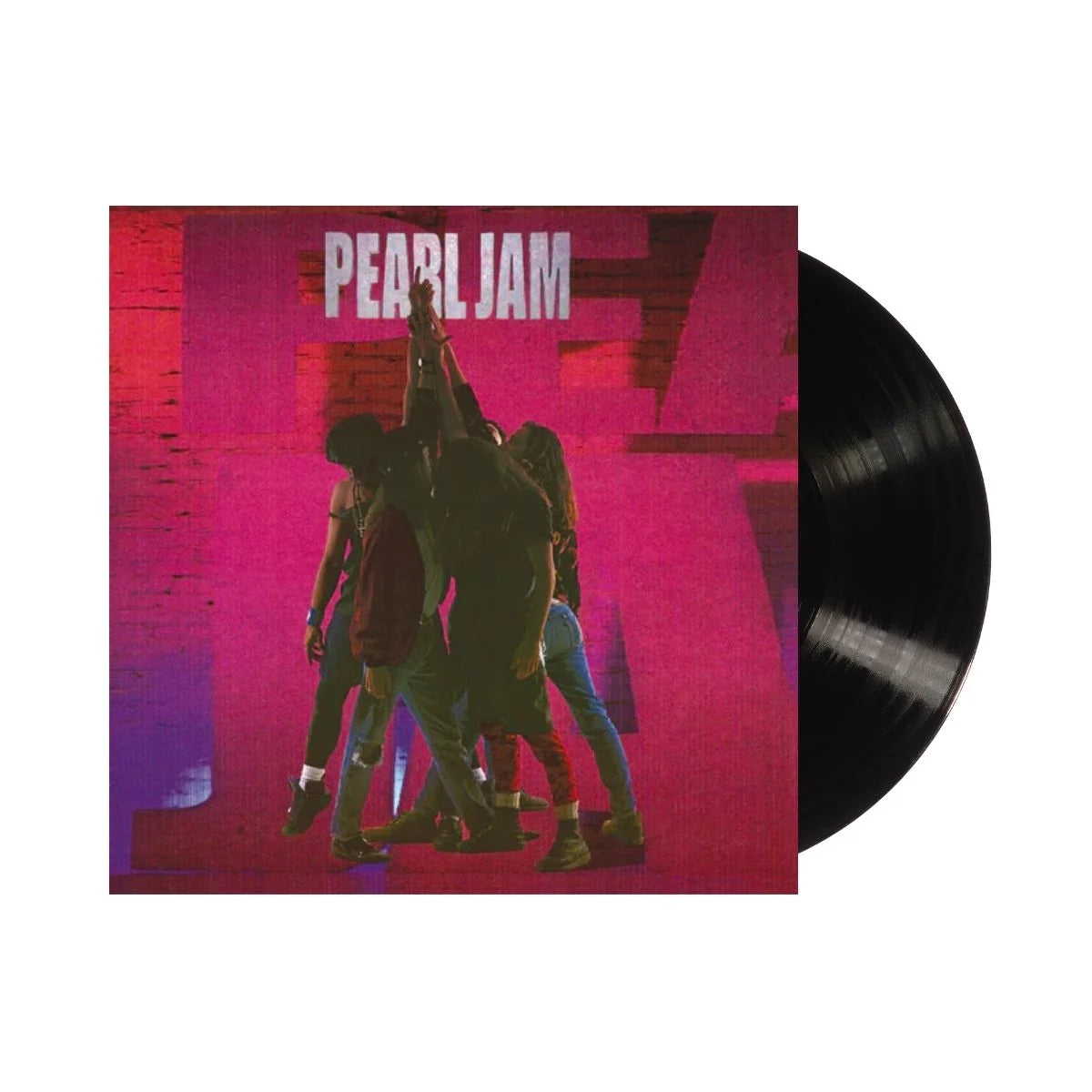
![The Grateful Dead - The Music Never Stopped [6LP Box Set]](http://vinyl.com/cdn/shop/files/The_Grateful_Dead-The_Music_Never_Stopped__6LP_Box_Set.jpg?v=1747729623&width=5760)
![The Grateful Dead - Madison Square Garden, New York, NY 3/9/81 (2023 Rocktober Edition) [5LP Box Set]](http://vinyl.com/cdn/shop/files/4247396-3042523.jpg?v=1758034700&width=5760)
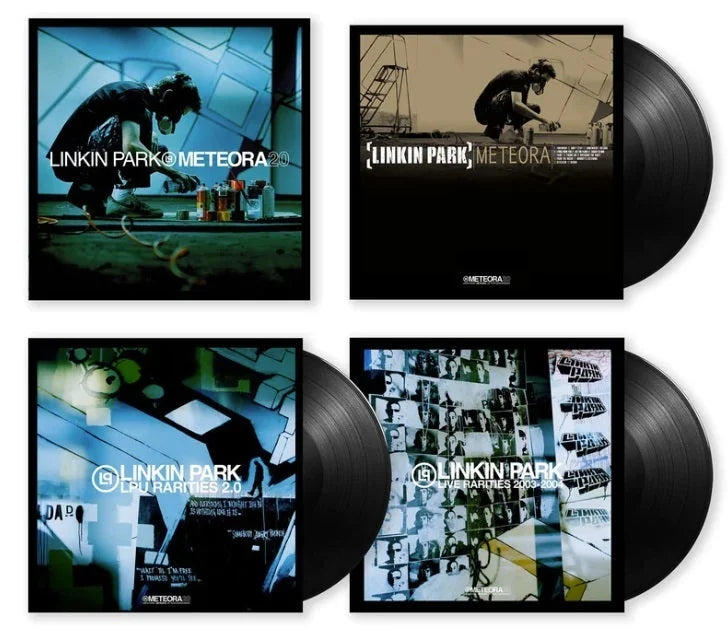
![Sufjan Stevens - Songs For Christmas [5LP Box Set]](http://vinyl.com/cdn/shop/files/3576666.jpg?v=1684195276&width=5760)
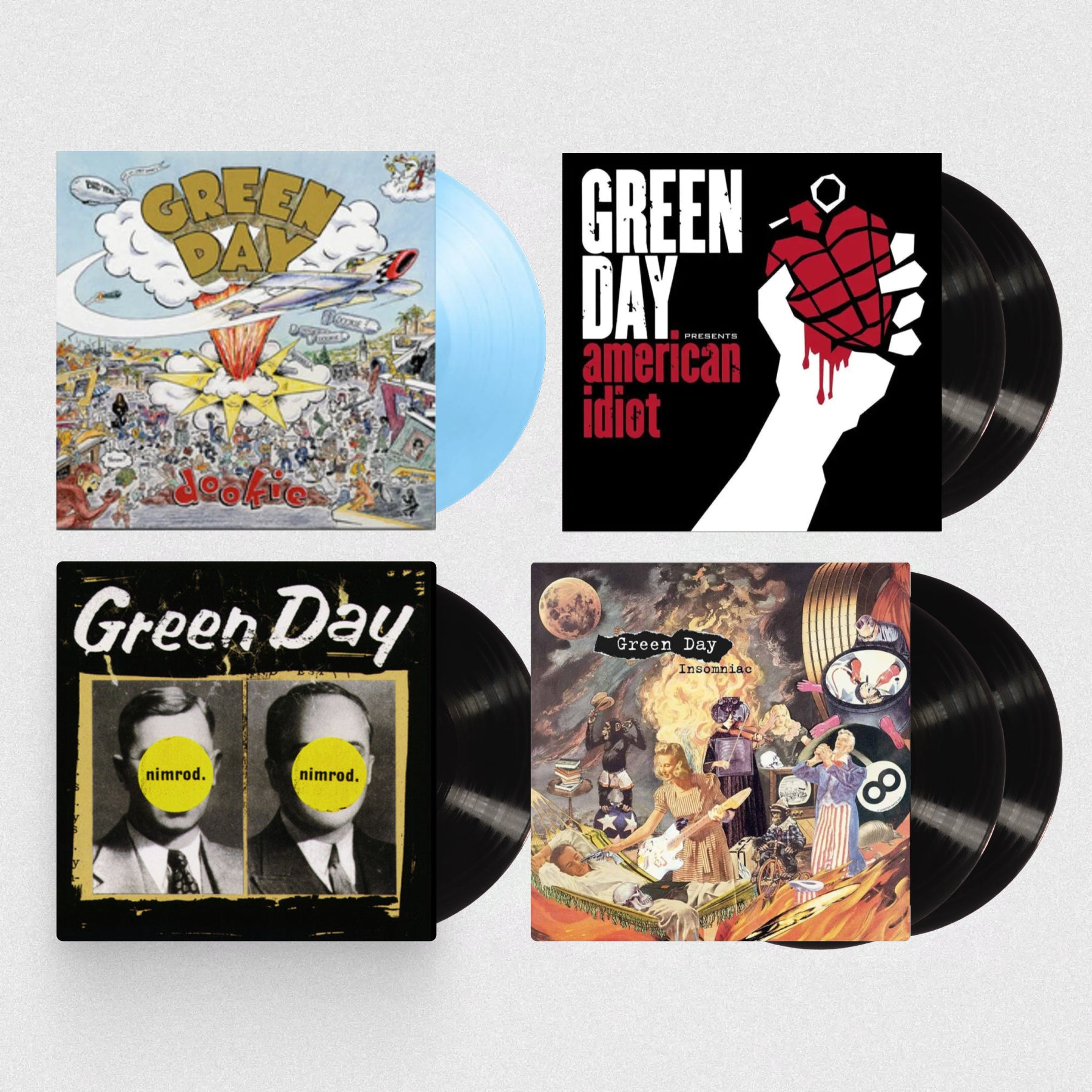
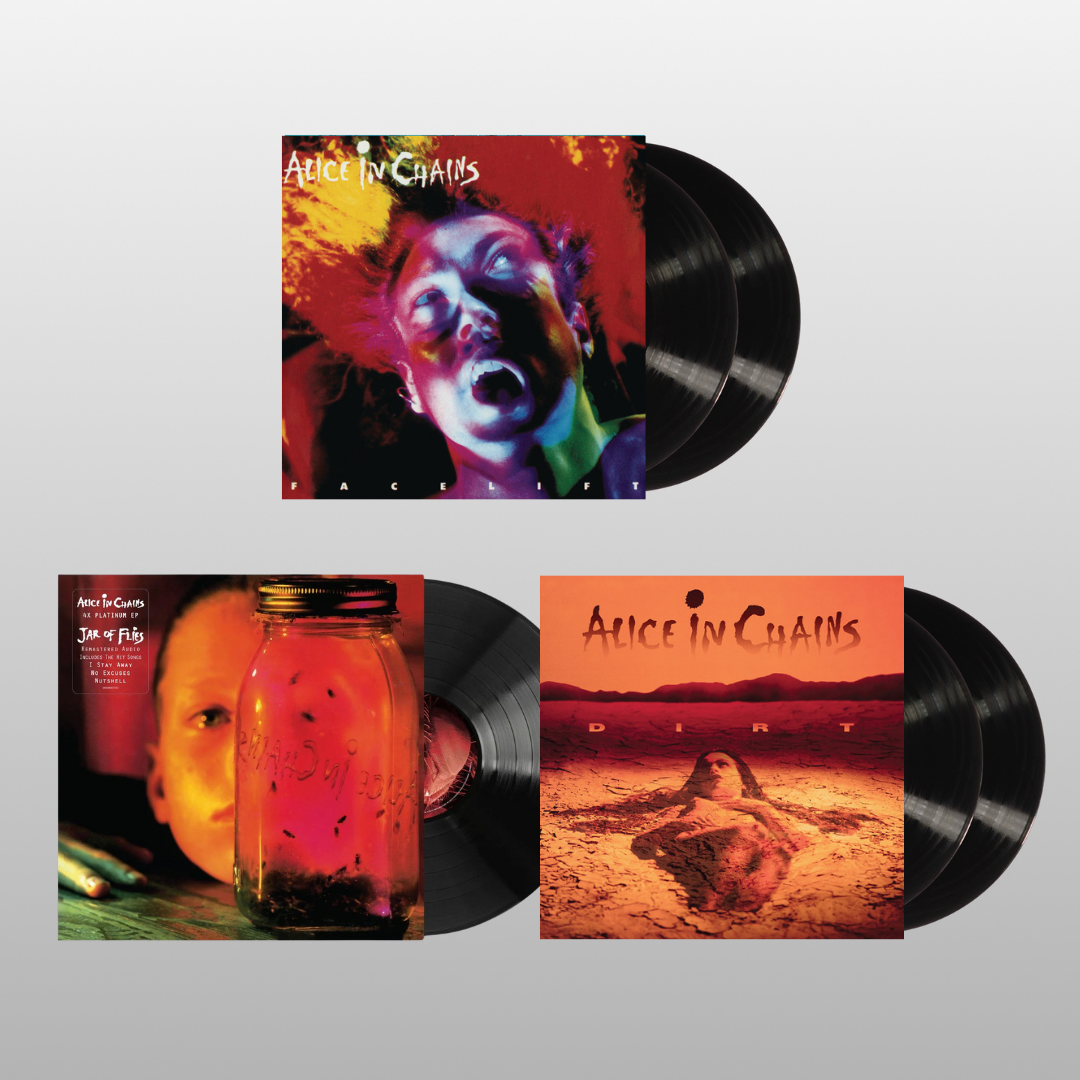
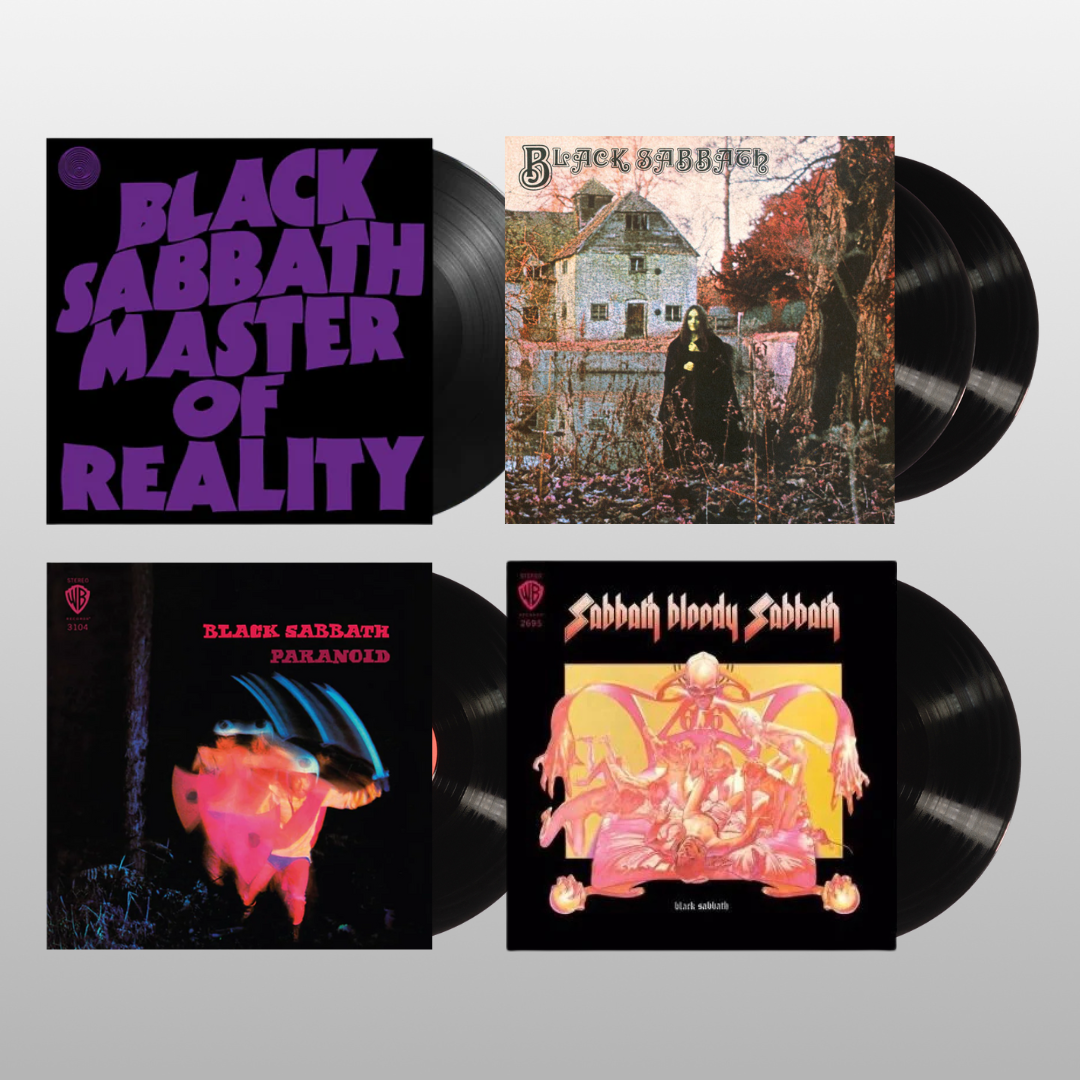

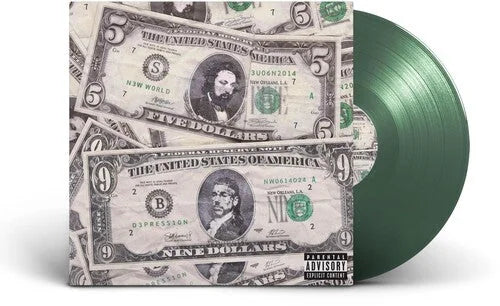
![$Uicideboy$ - Thy Kingdom Come [Clear]](http://vinyl.com/cdn/shop/files/4435583-3407920.jpg?v=1754460746&width=5760)
![(hed) p.e. - New And Improved [Pink]](http://vinyl.com/cdn/shop/files/4425252-3389420.jpg?v=1746578880&width=5760)
![1 Locate S - Wicked Jaw [Sky Blue]](http://vinyl.com/cdn/shop/files/4217742-2982879.jpg?v=1693273095&width=5760)
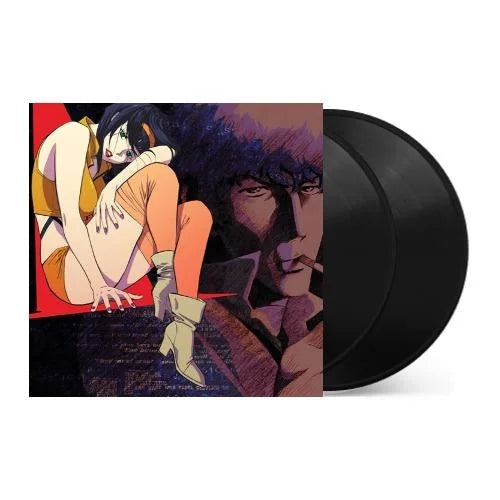
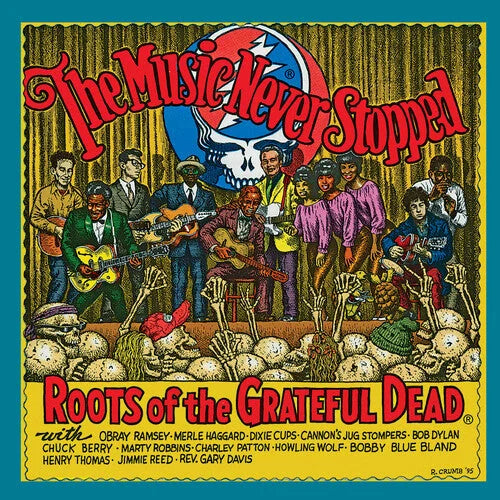

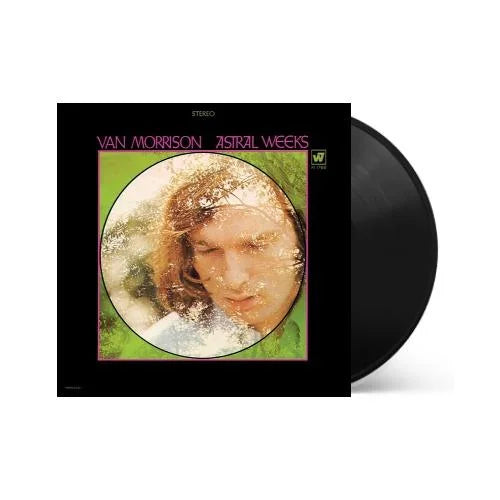
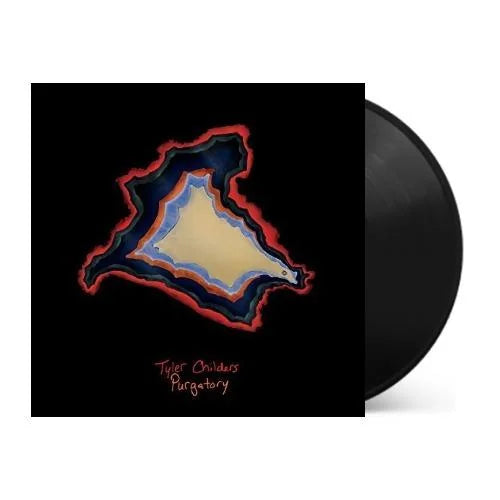
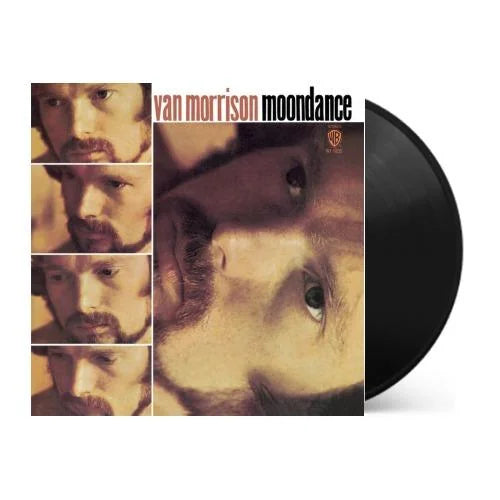
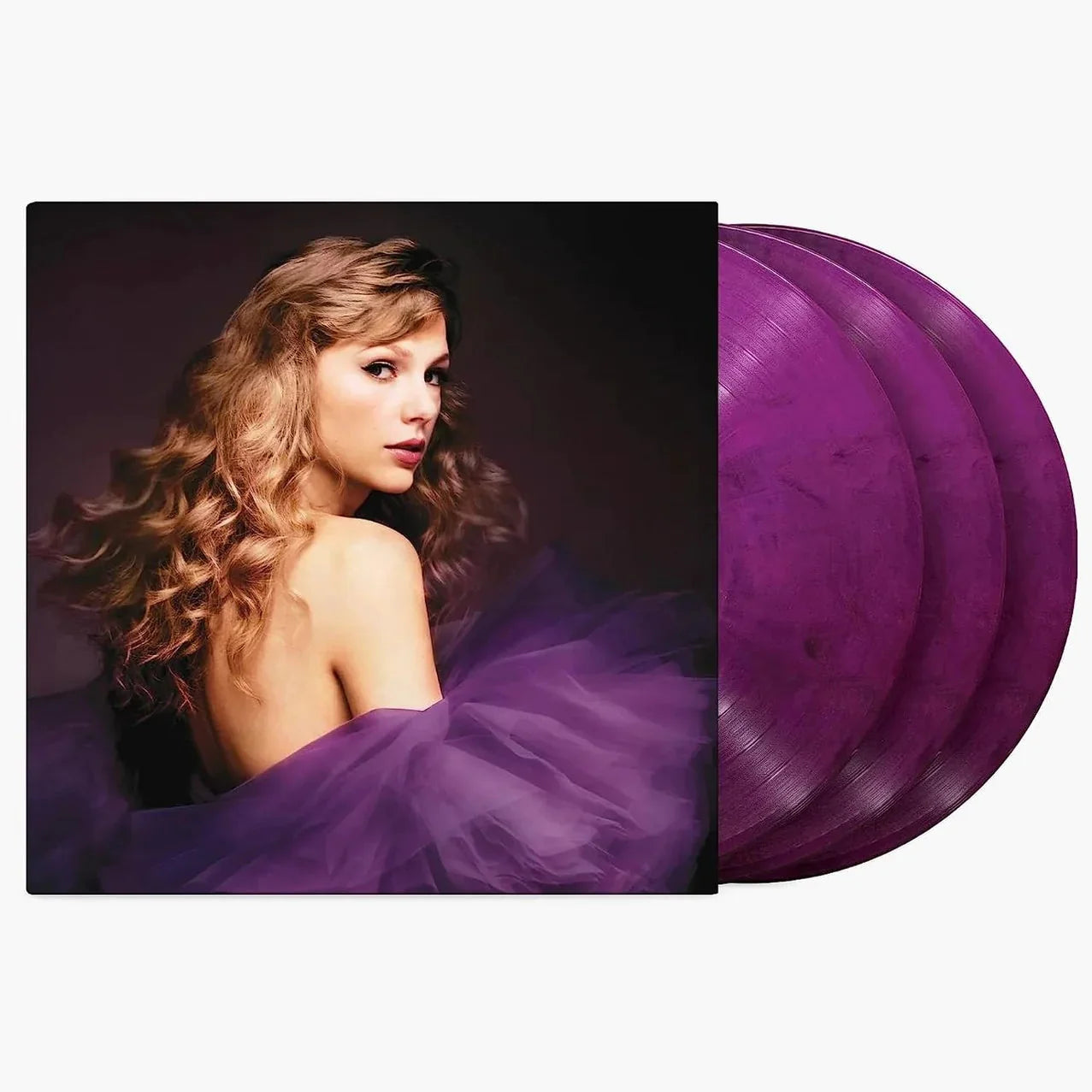
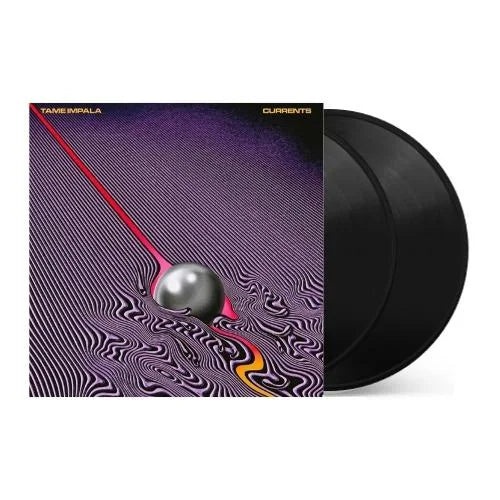
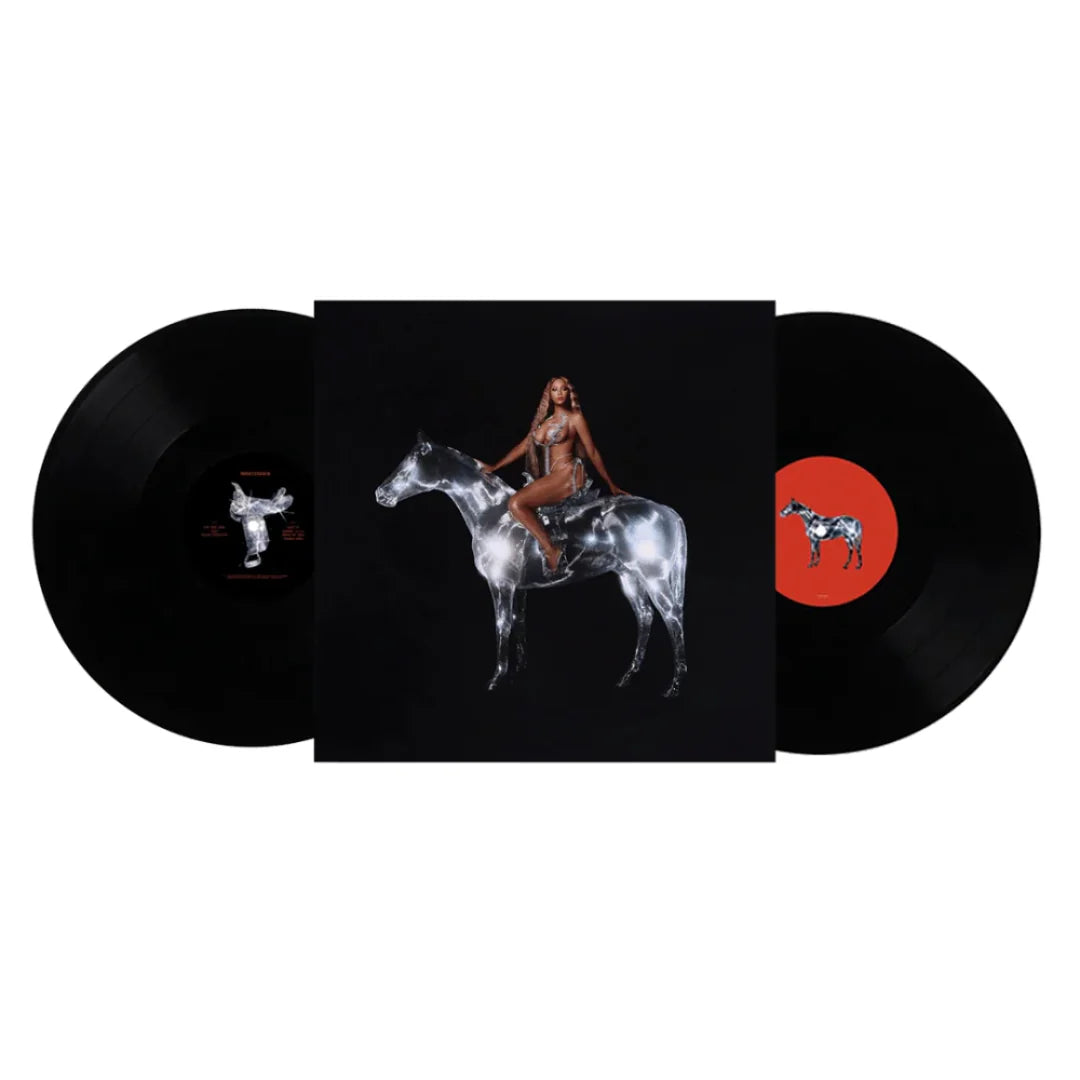
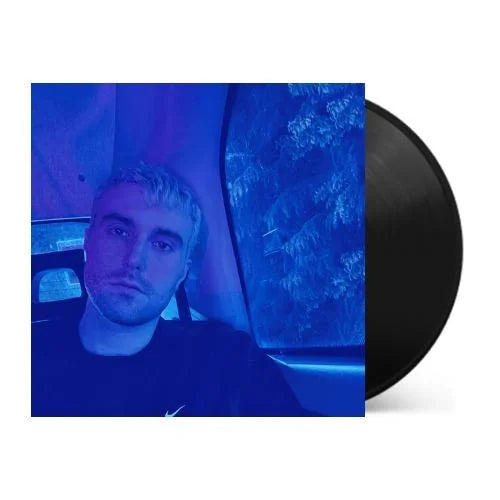
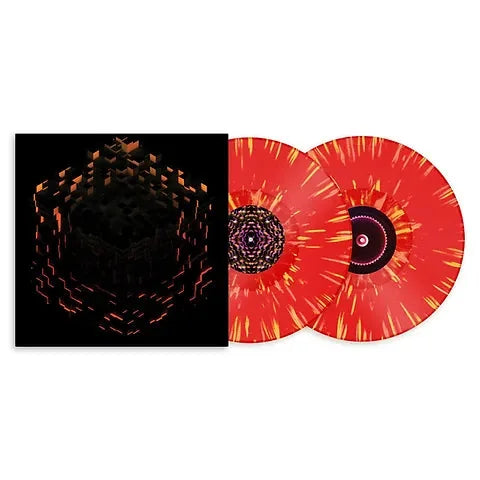
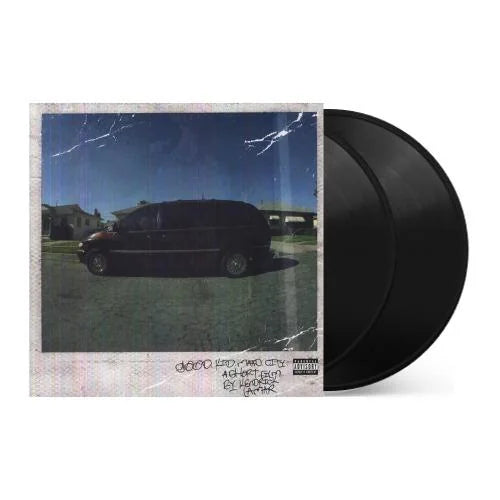
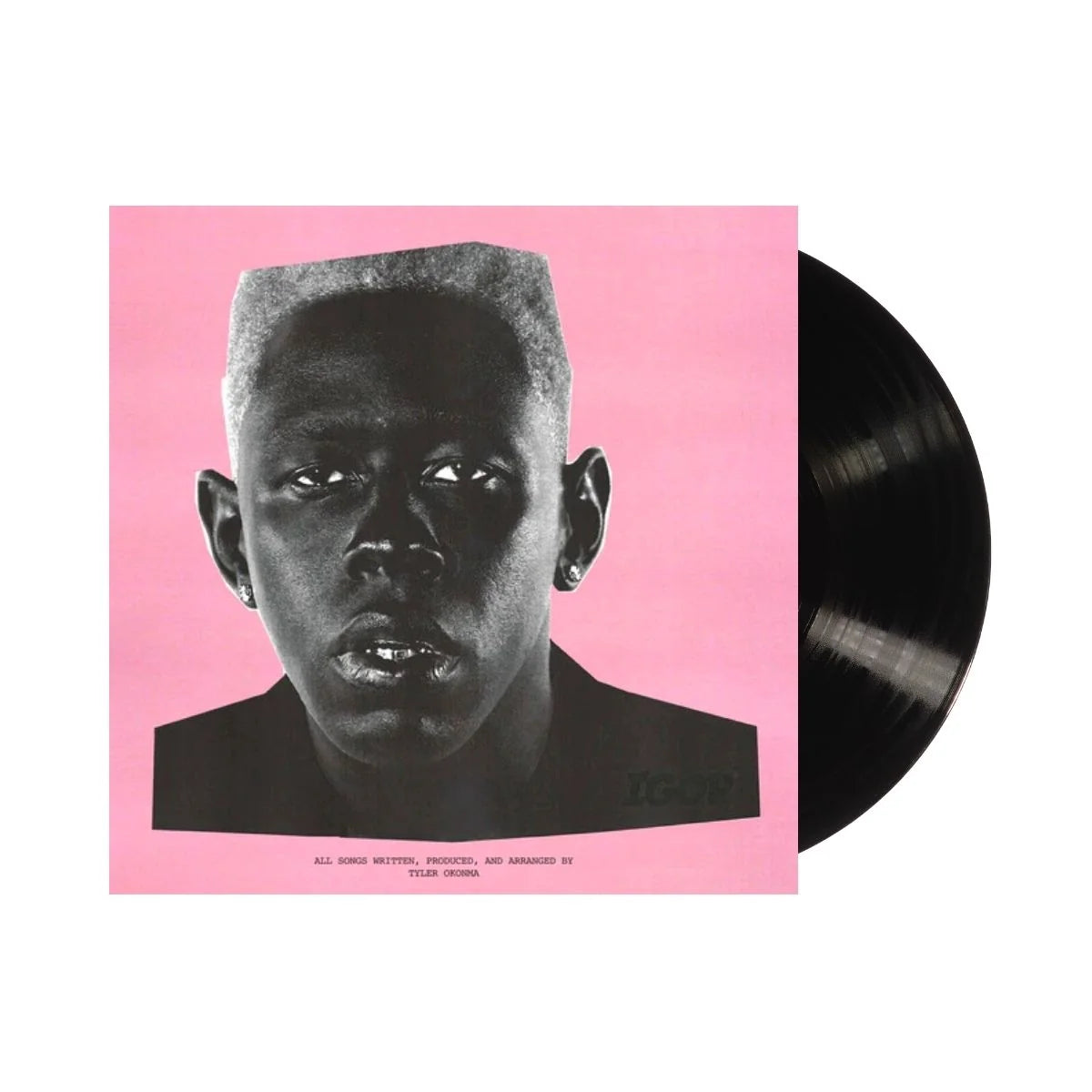
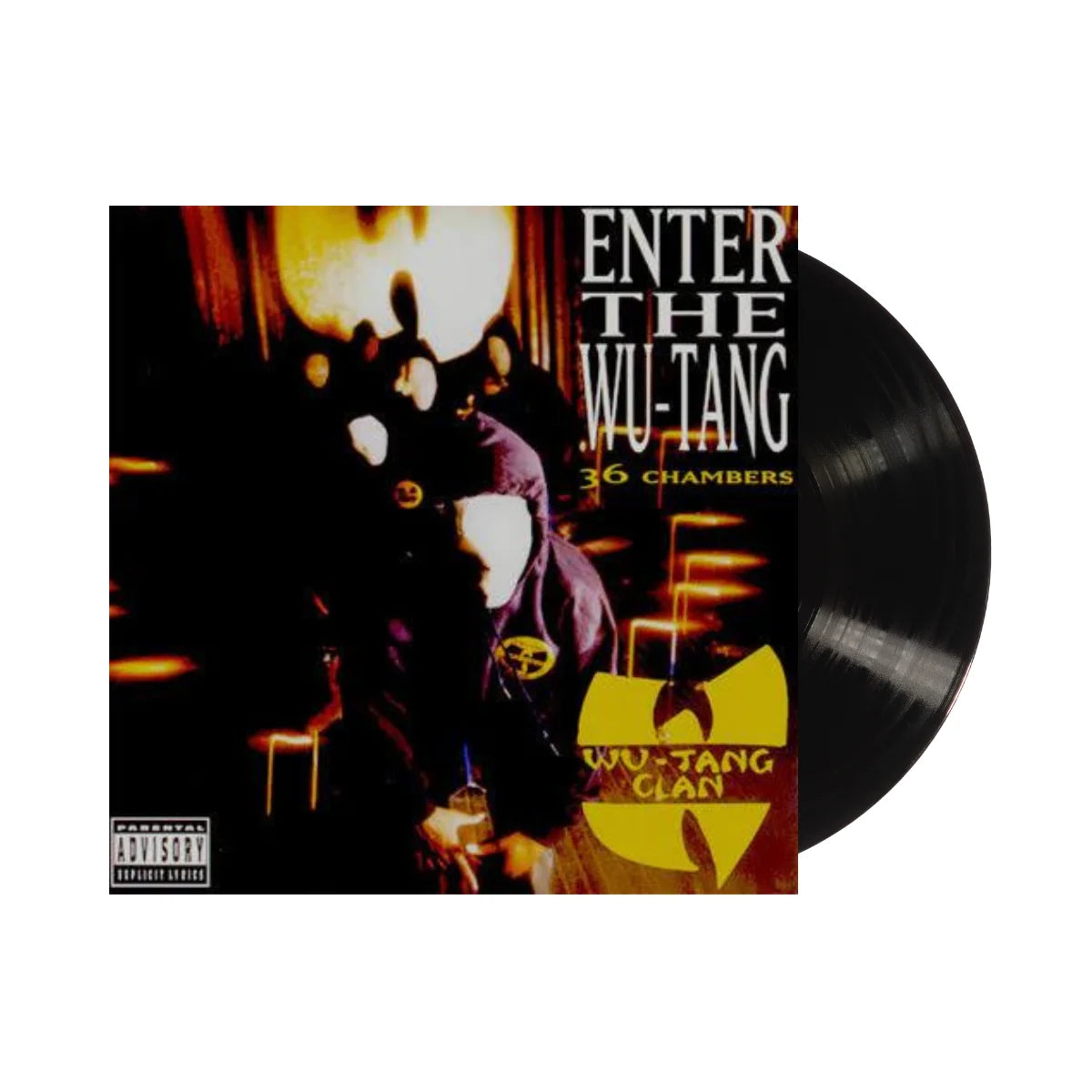
![Miles Davis - Kind of Blue [180-gram]](http://vinyl.com/cdn/shop/files/Y4LPMD03.webp?v=1742198237&width=5760)

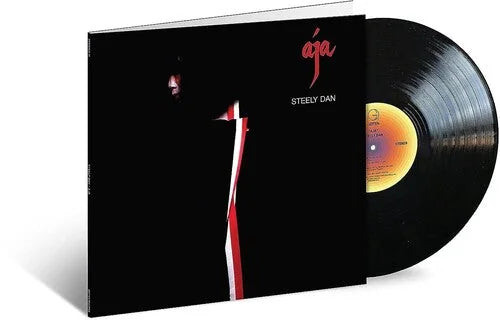
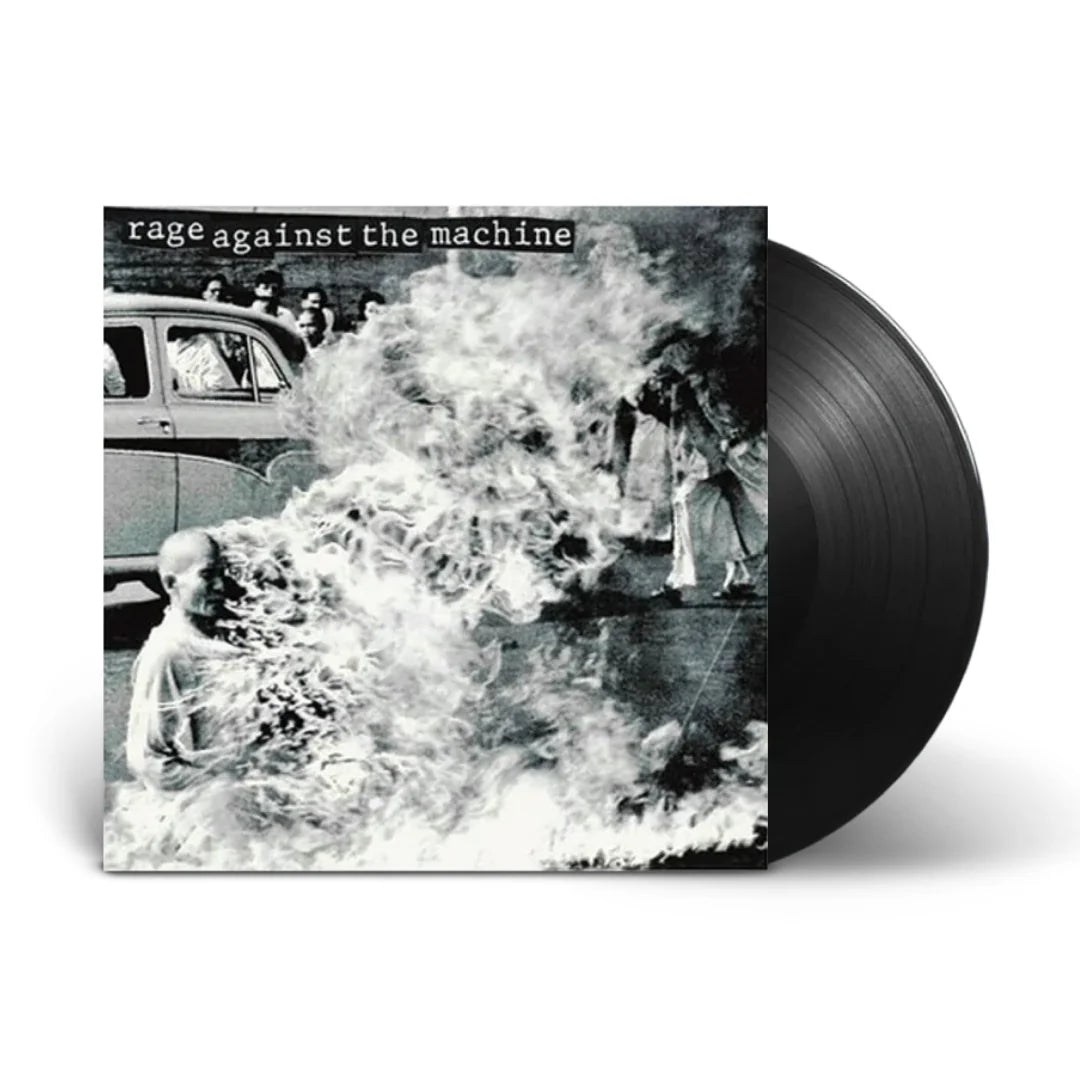
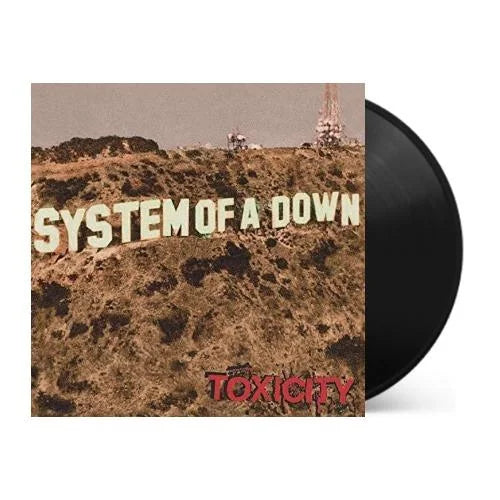
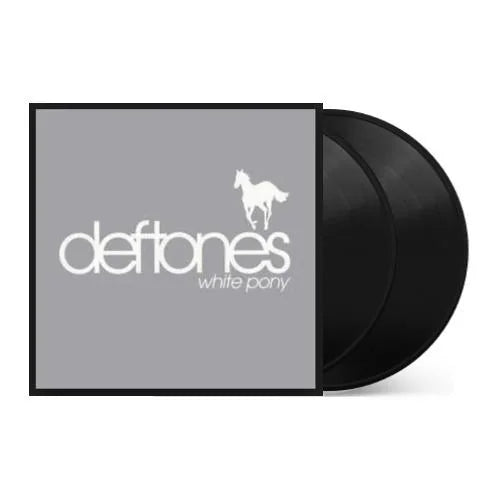
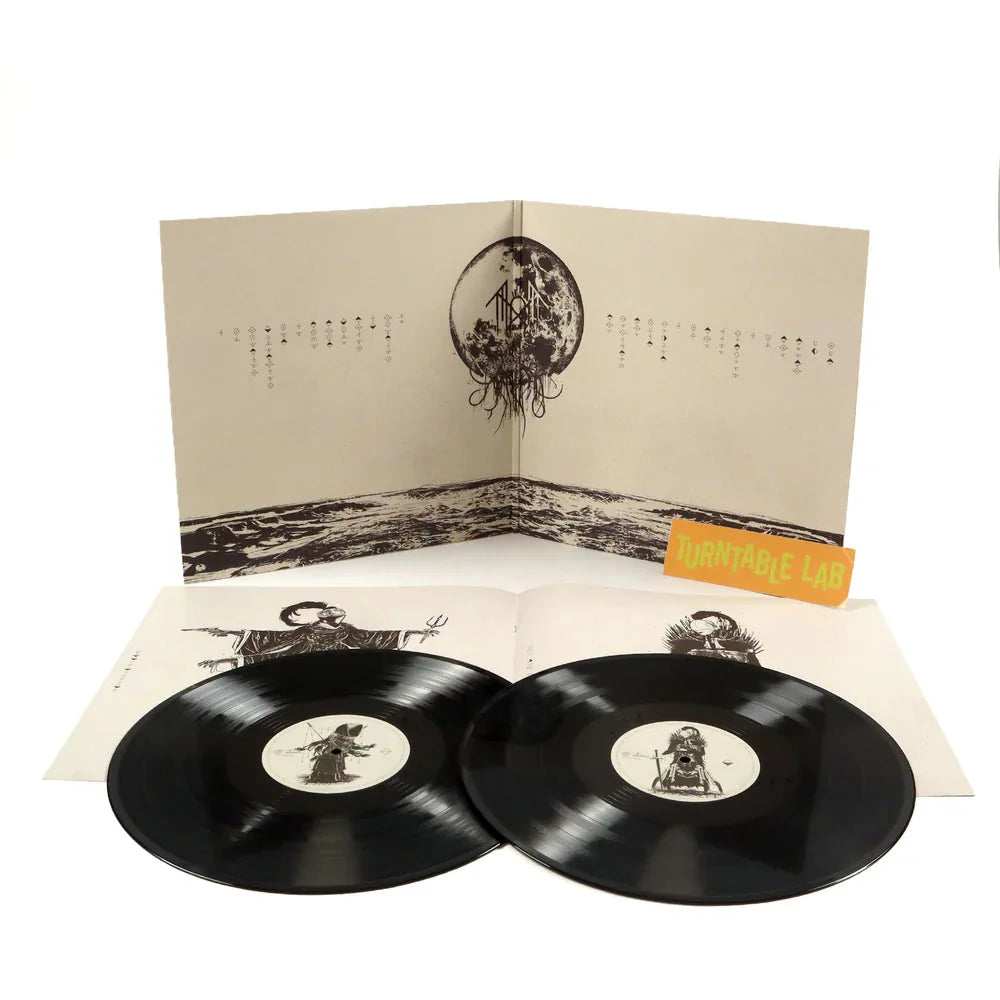
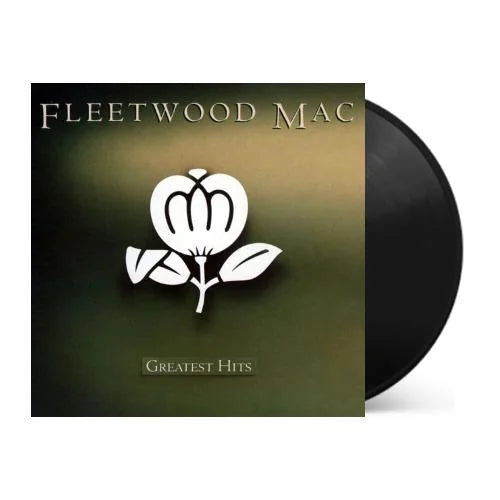
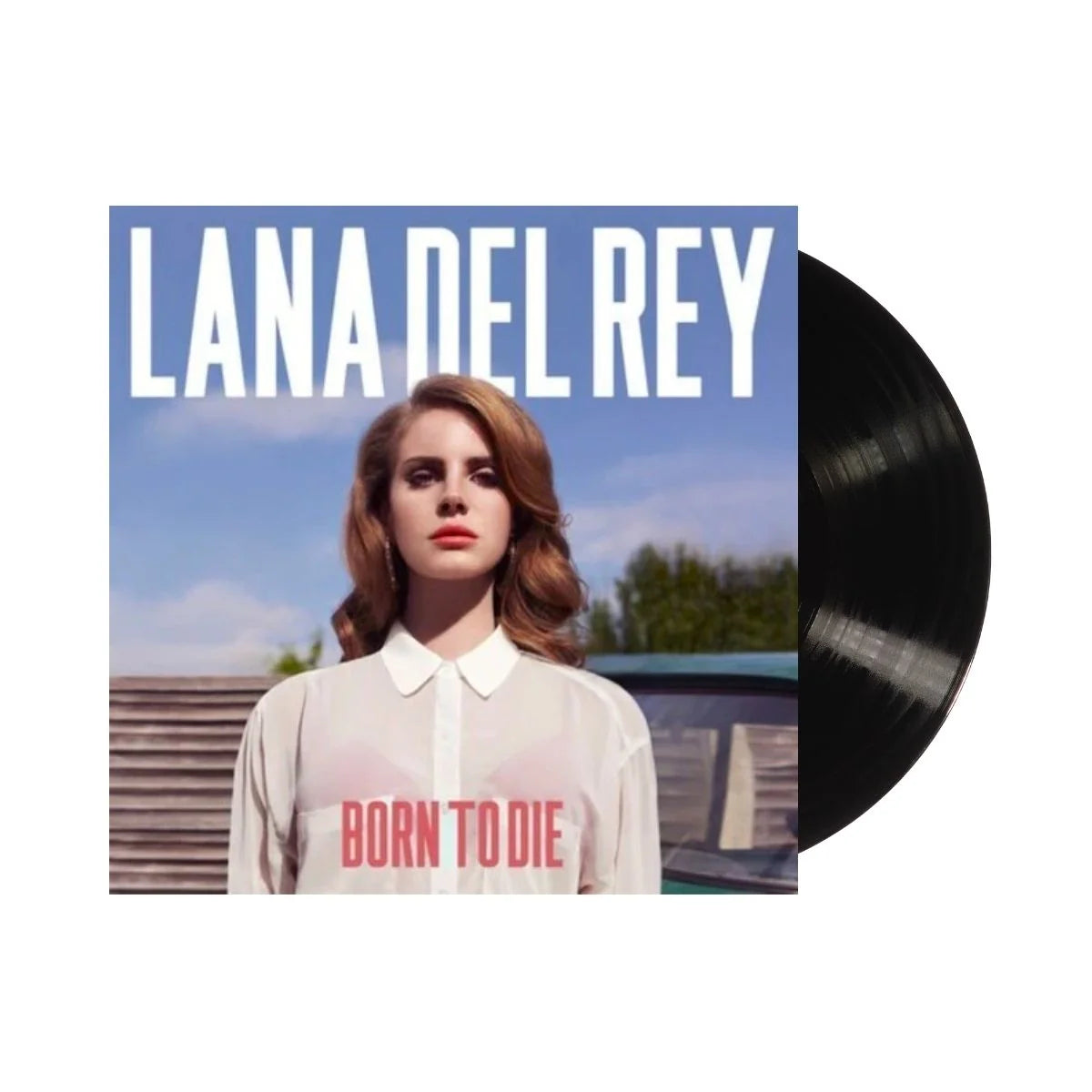
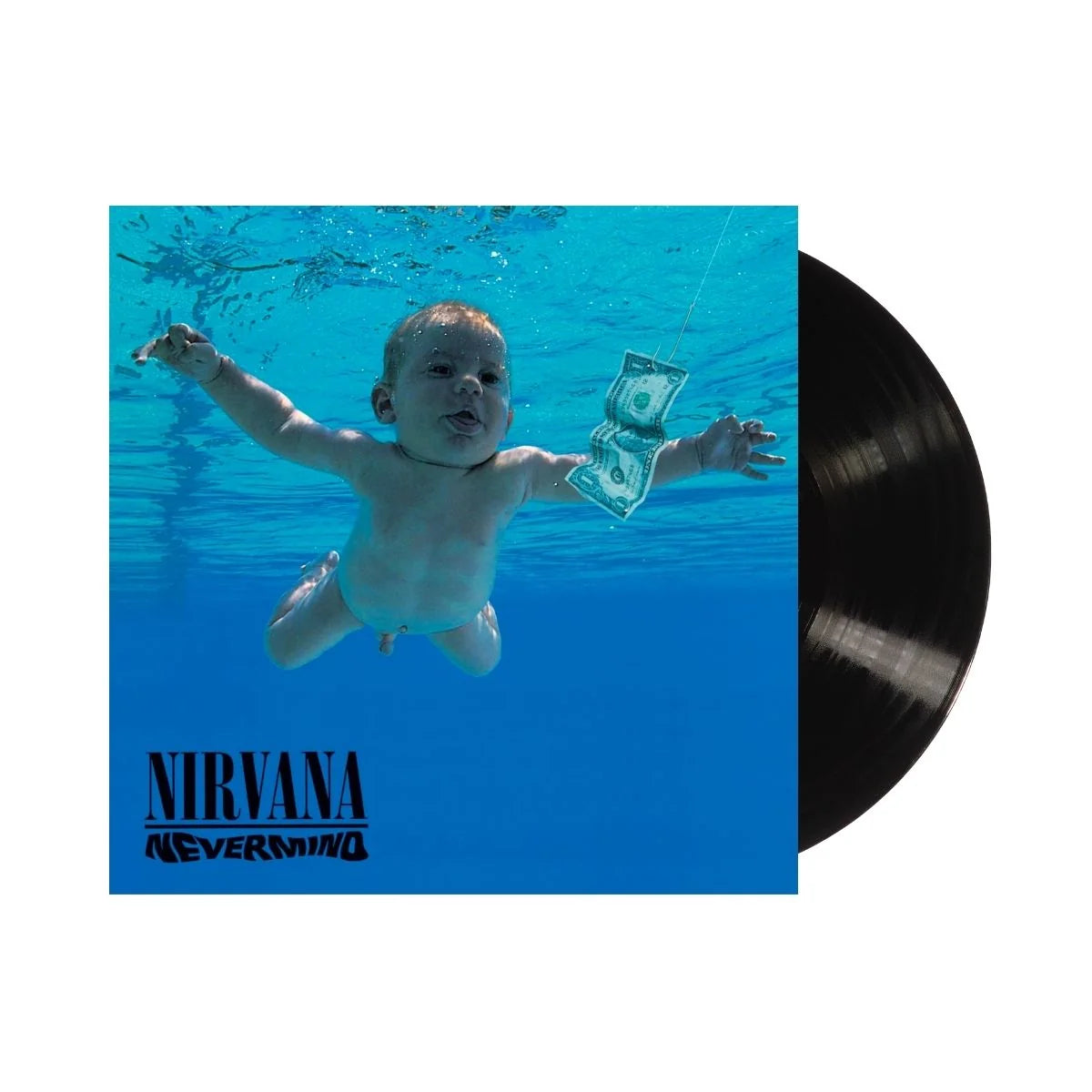
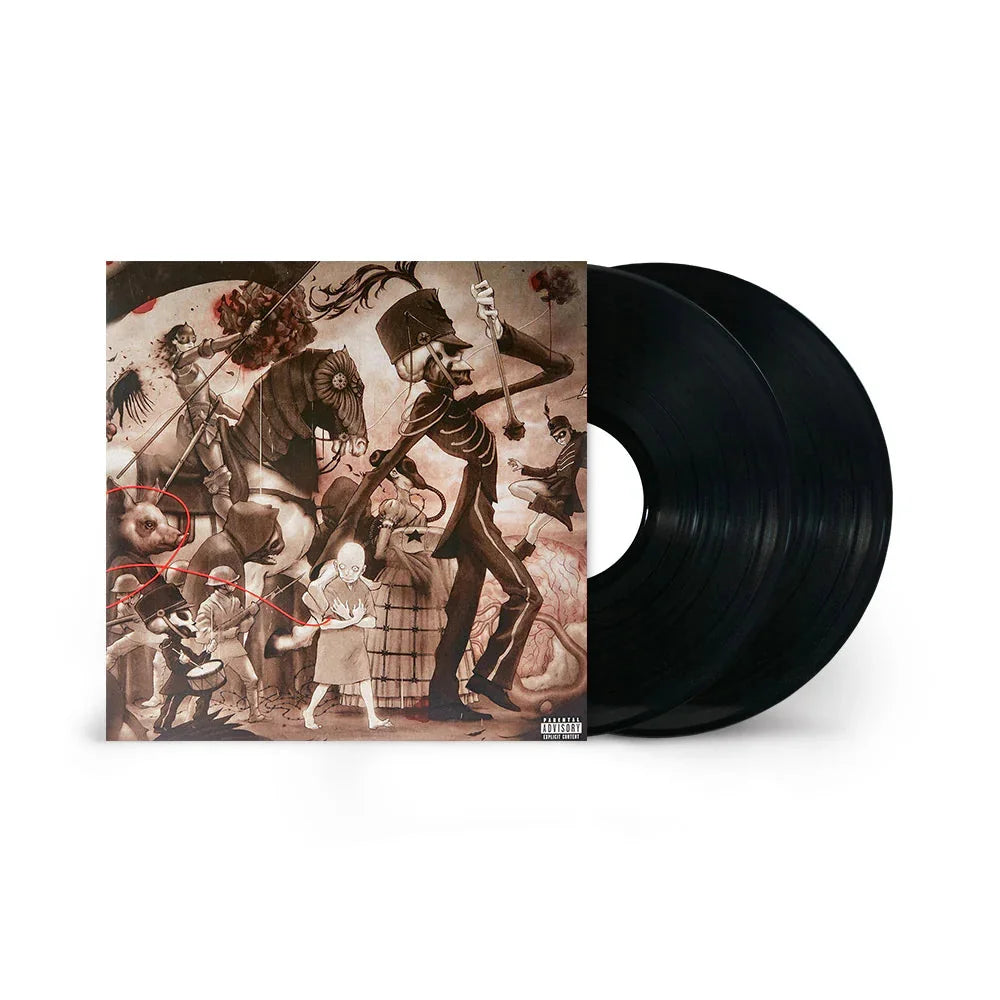
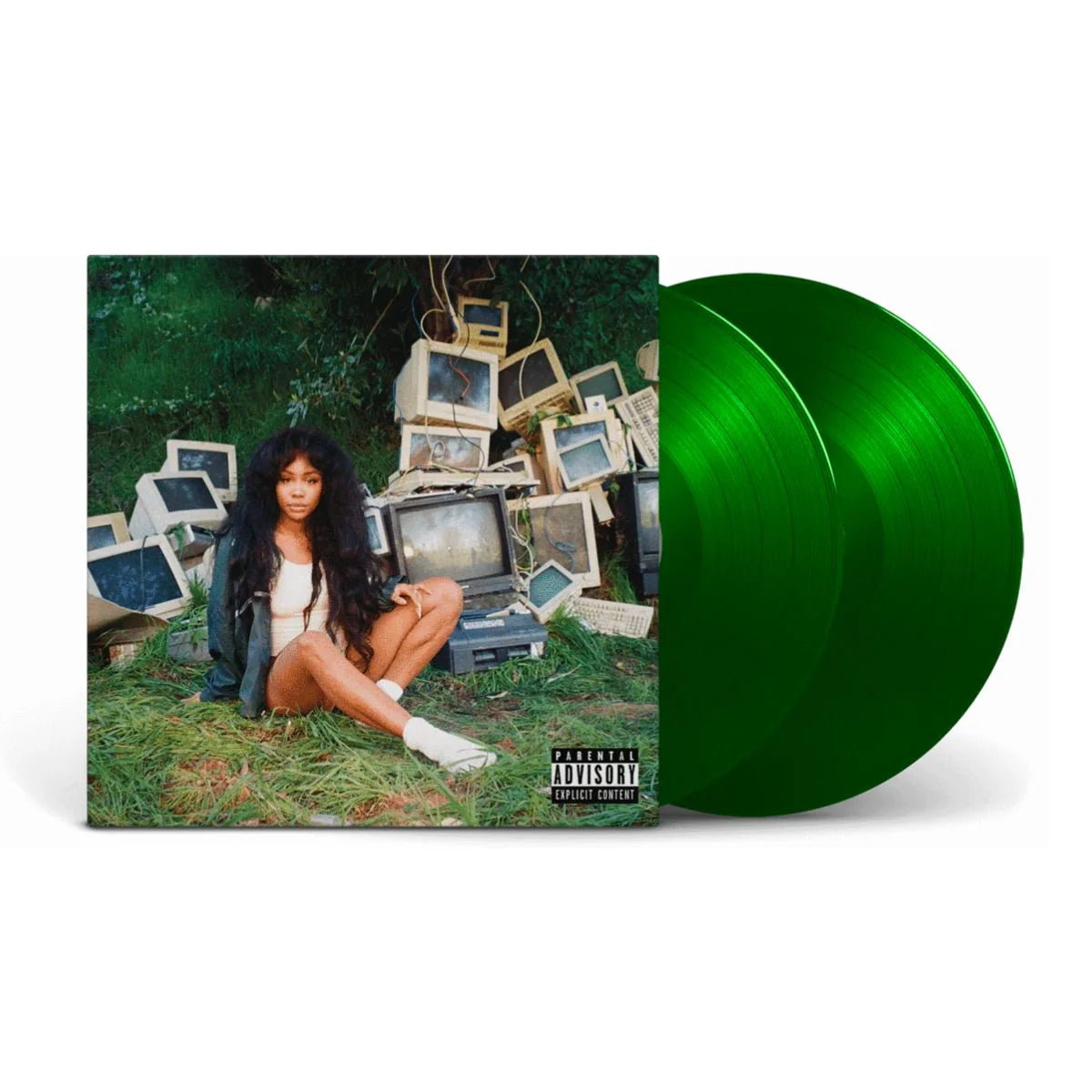
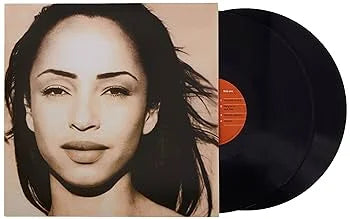
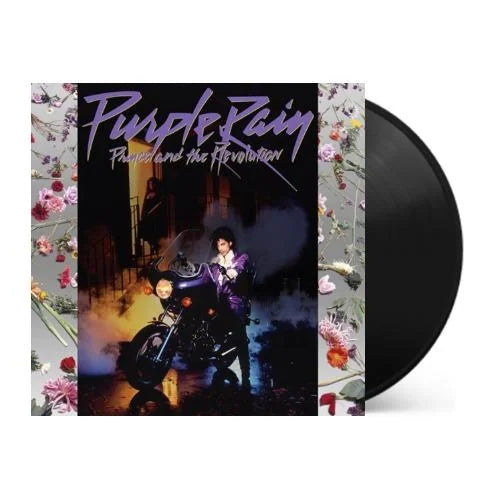
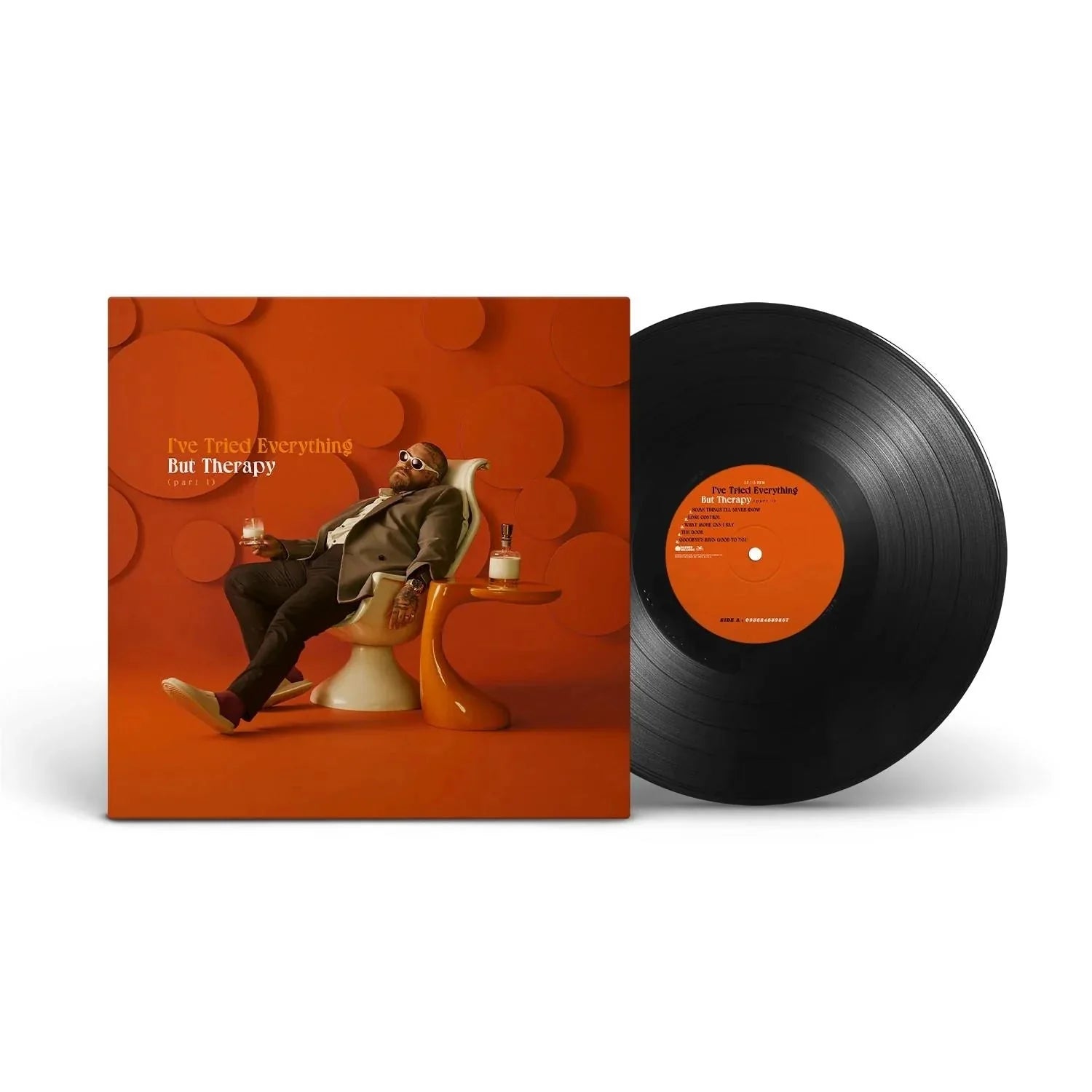
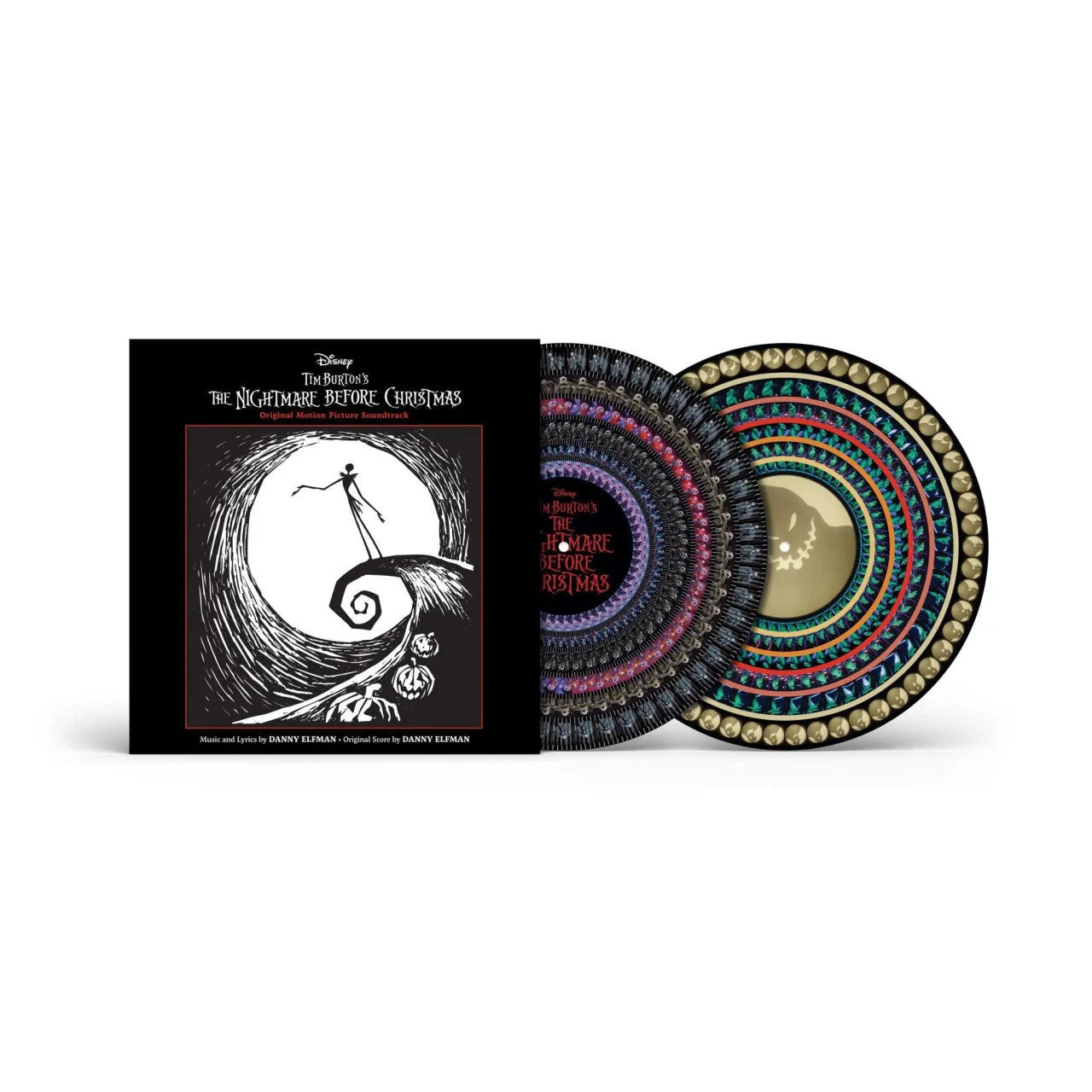
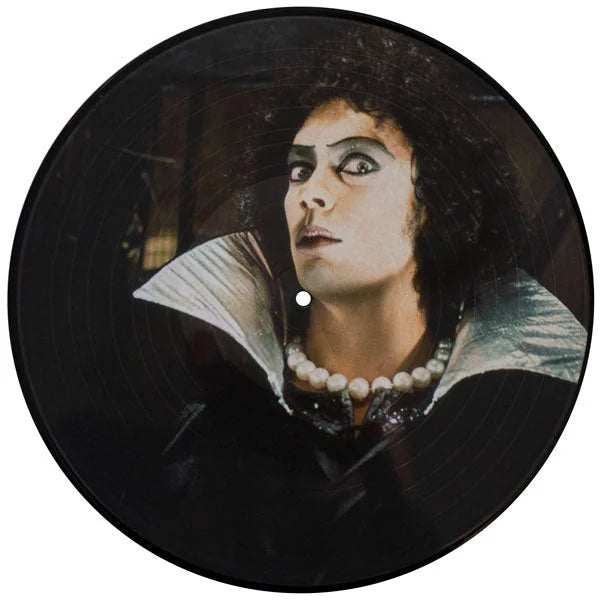
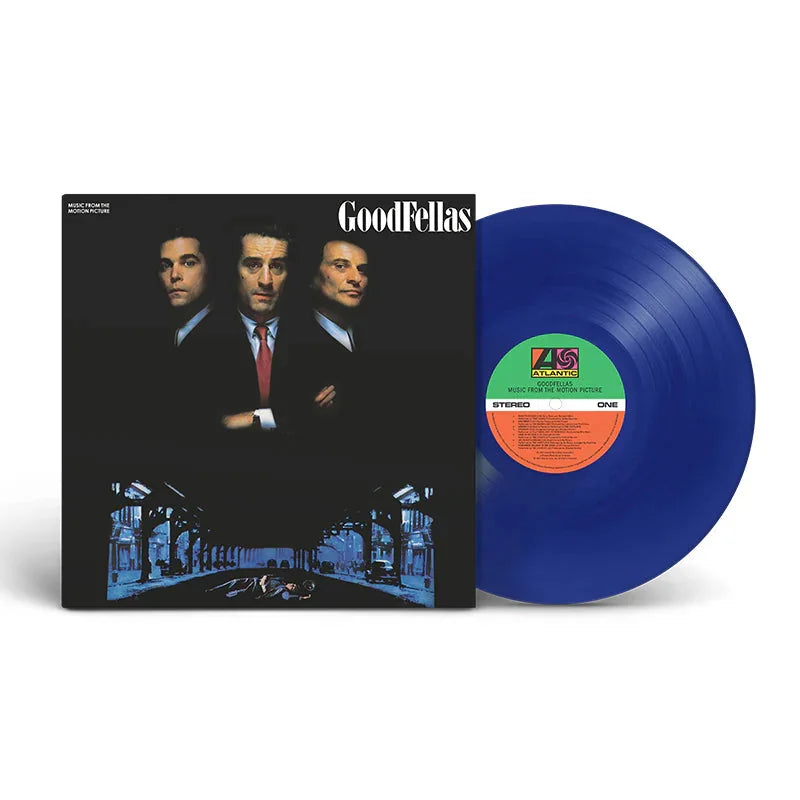
![Transformers: The Movie (Original Soundtrack) [Unicron Marbled 180-Gram]](http://vinyl.com/cdn/shop/files/4417308-3378319.jpg?v=1745982250&width=5760)









